Mostly Mute Monday: Our Nearest Galaxy In Three Unique Views
If you want to understand how a galaxy works, visible light is just the start.
“Our knowledge of stars and interstellar matter must be based primarily on the electromagnetic radiation which reaches us. Nature has thoughtfully provided us with a universe in which radiant energy of almost all wave lengths travels in straight lines over enormous distances with usually rather negligible absorption.” –Lyman Spitzer, Jr.
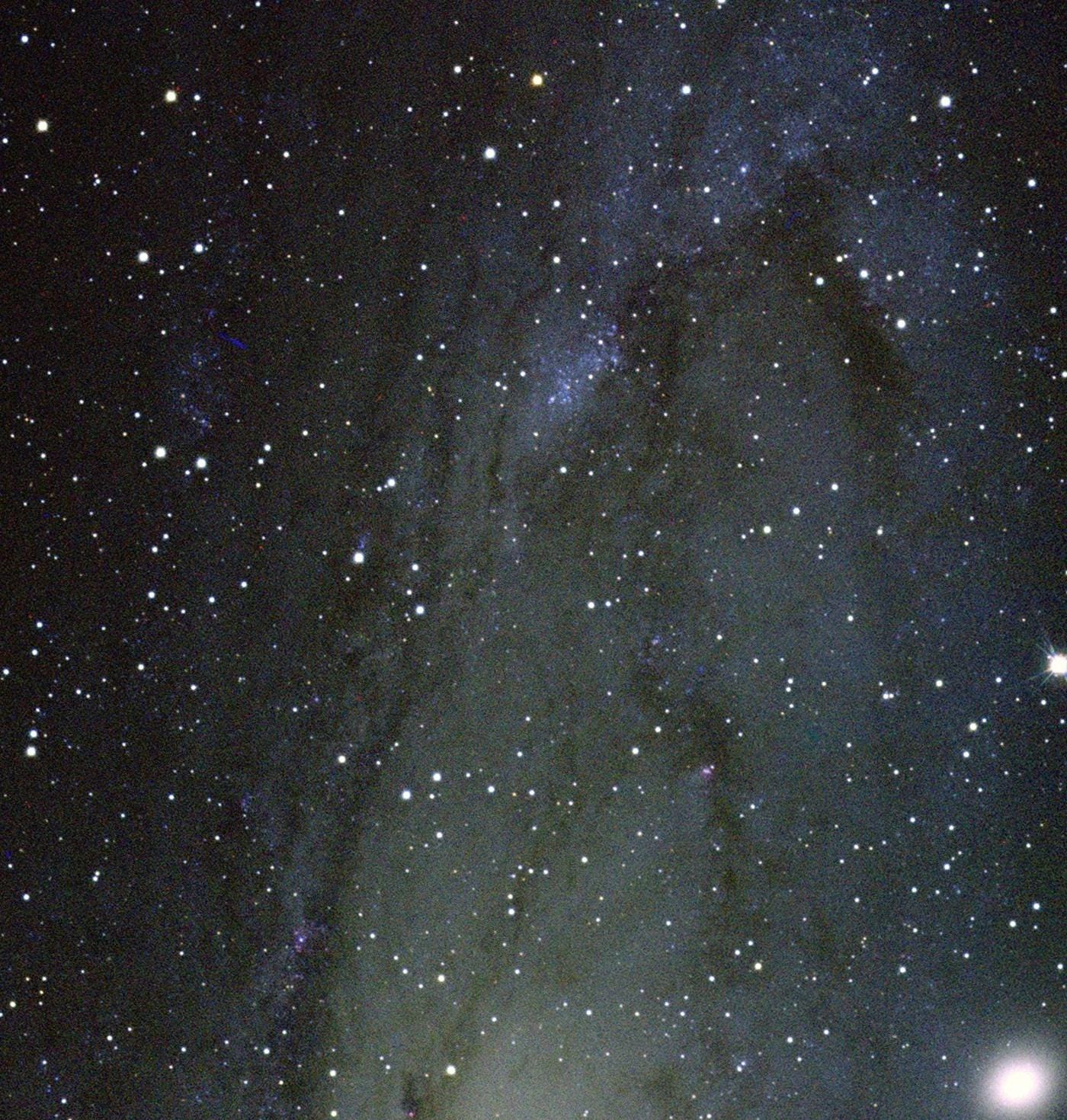
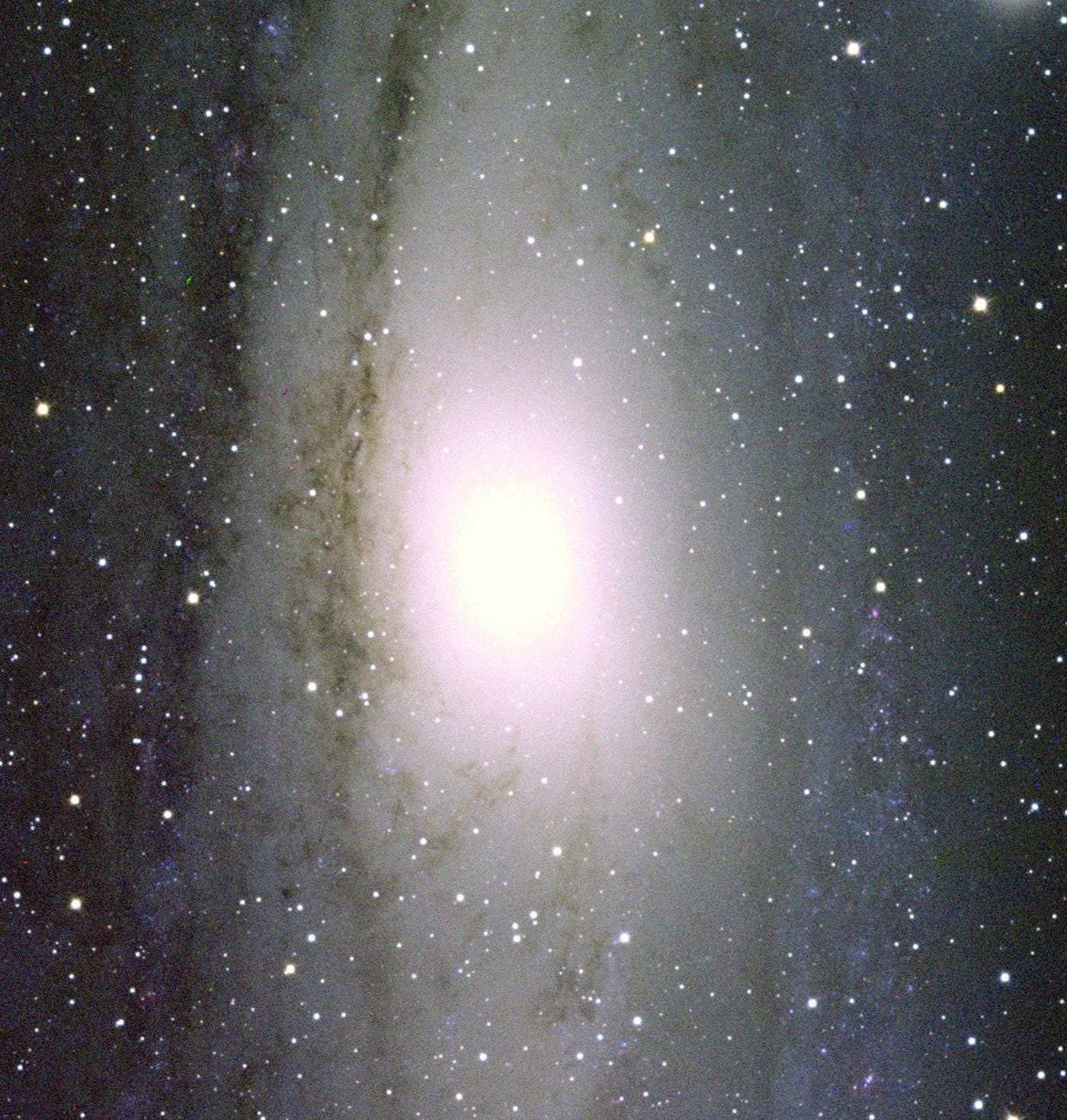
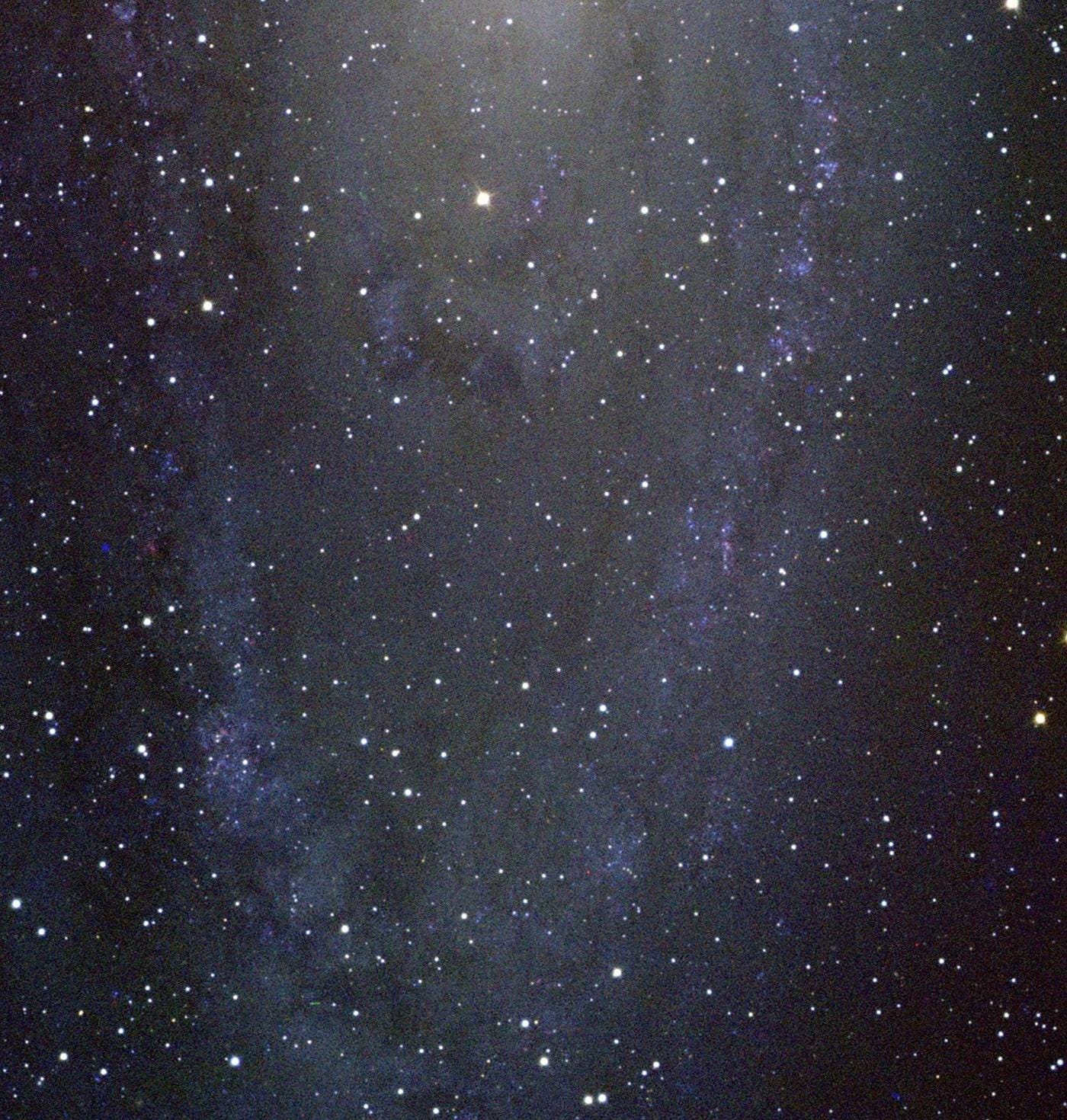
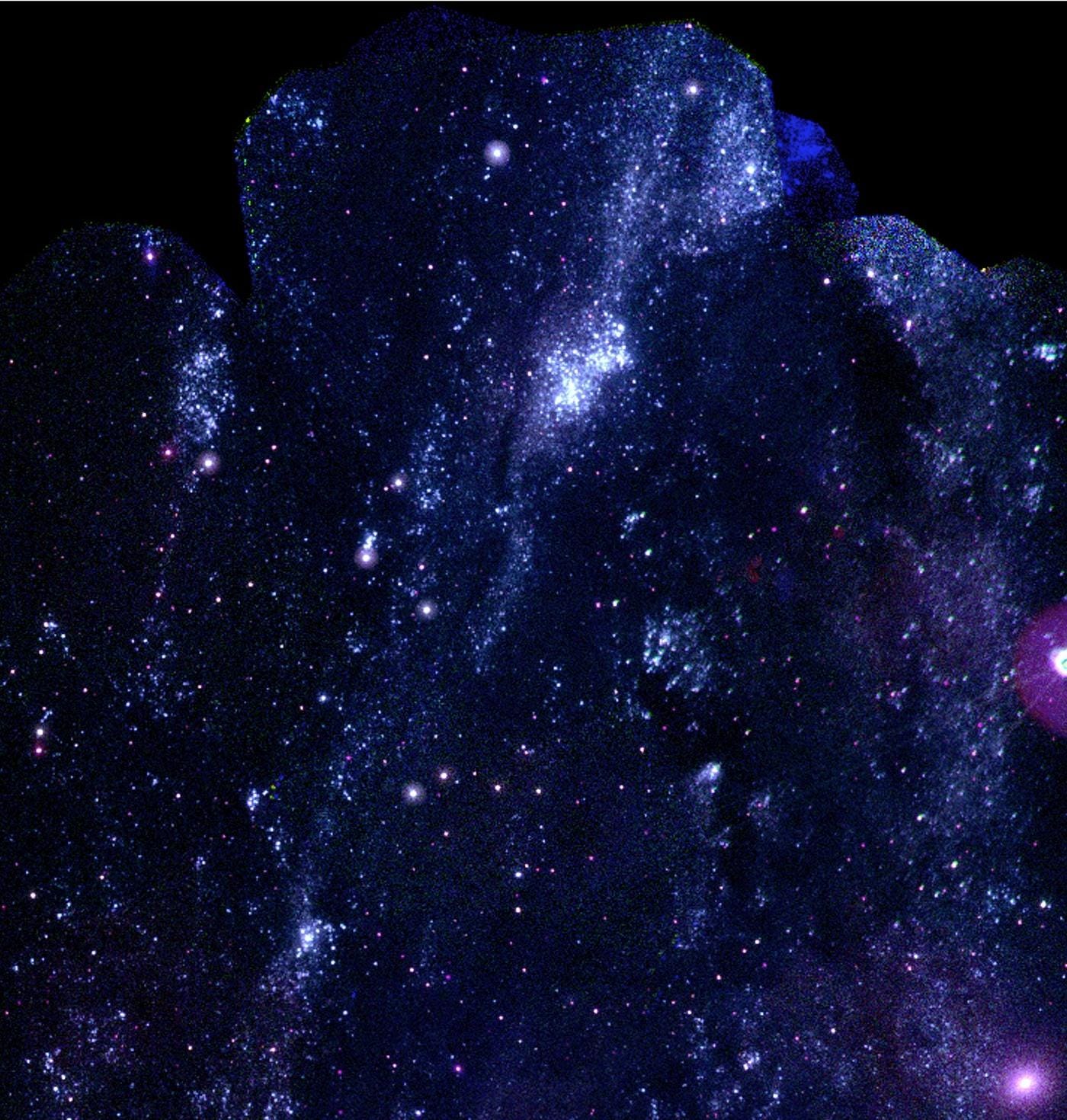

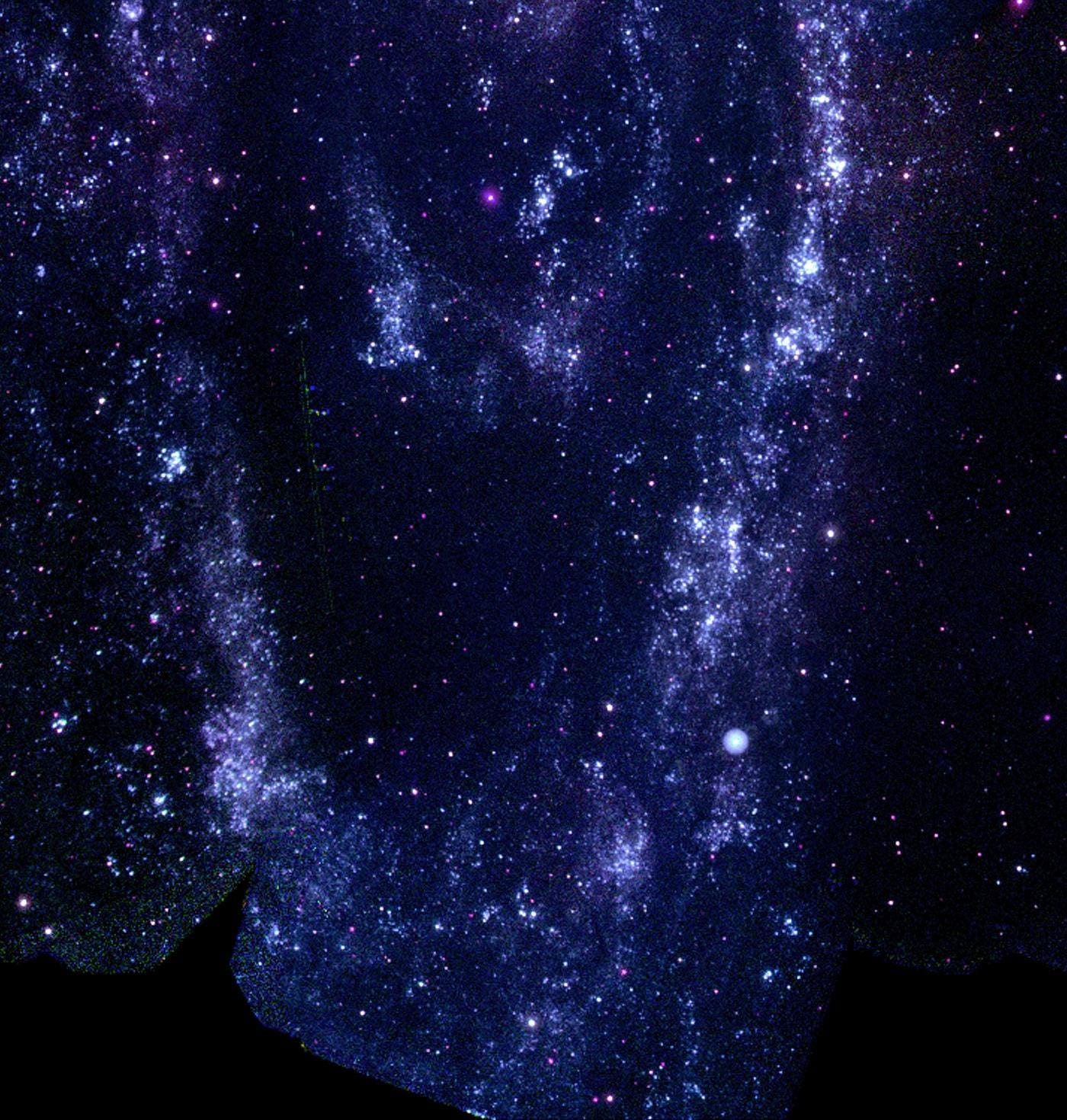
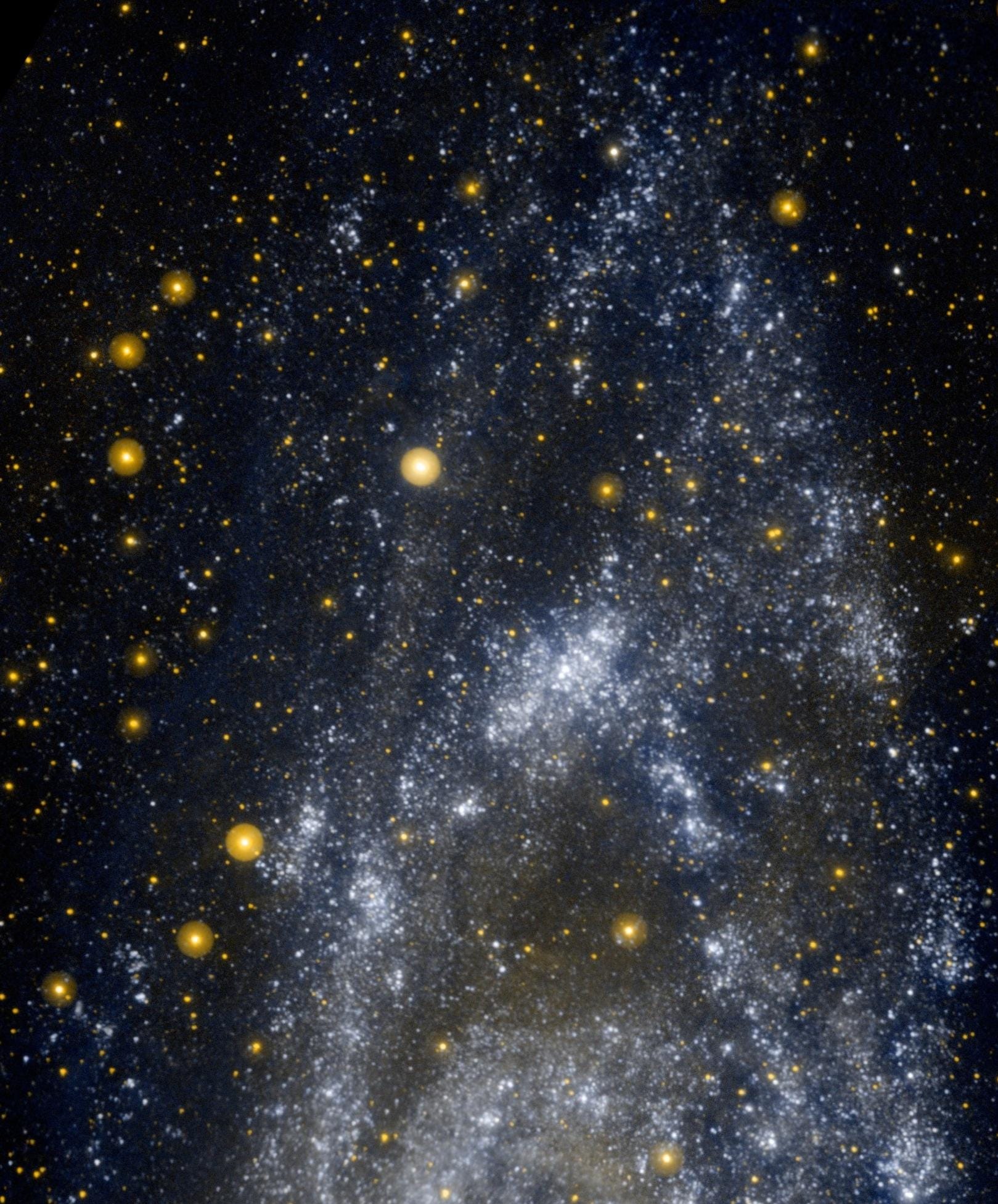
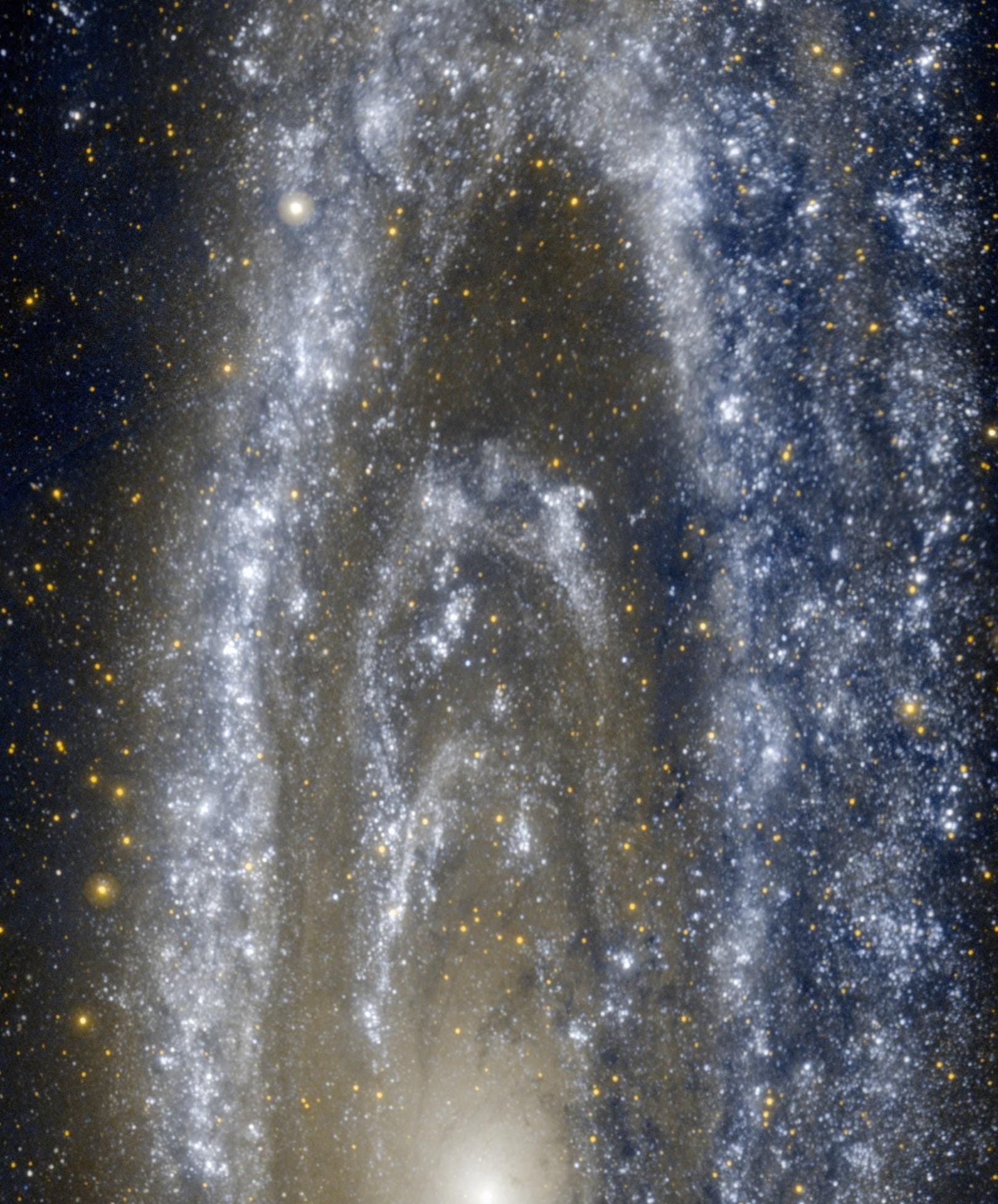
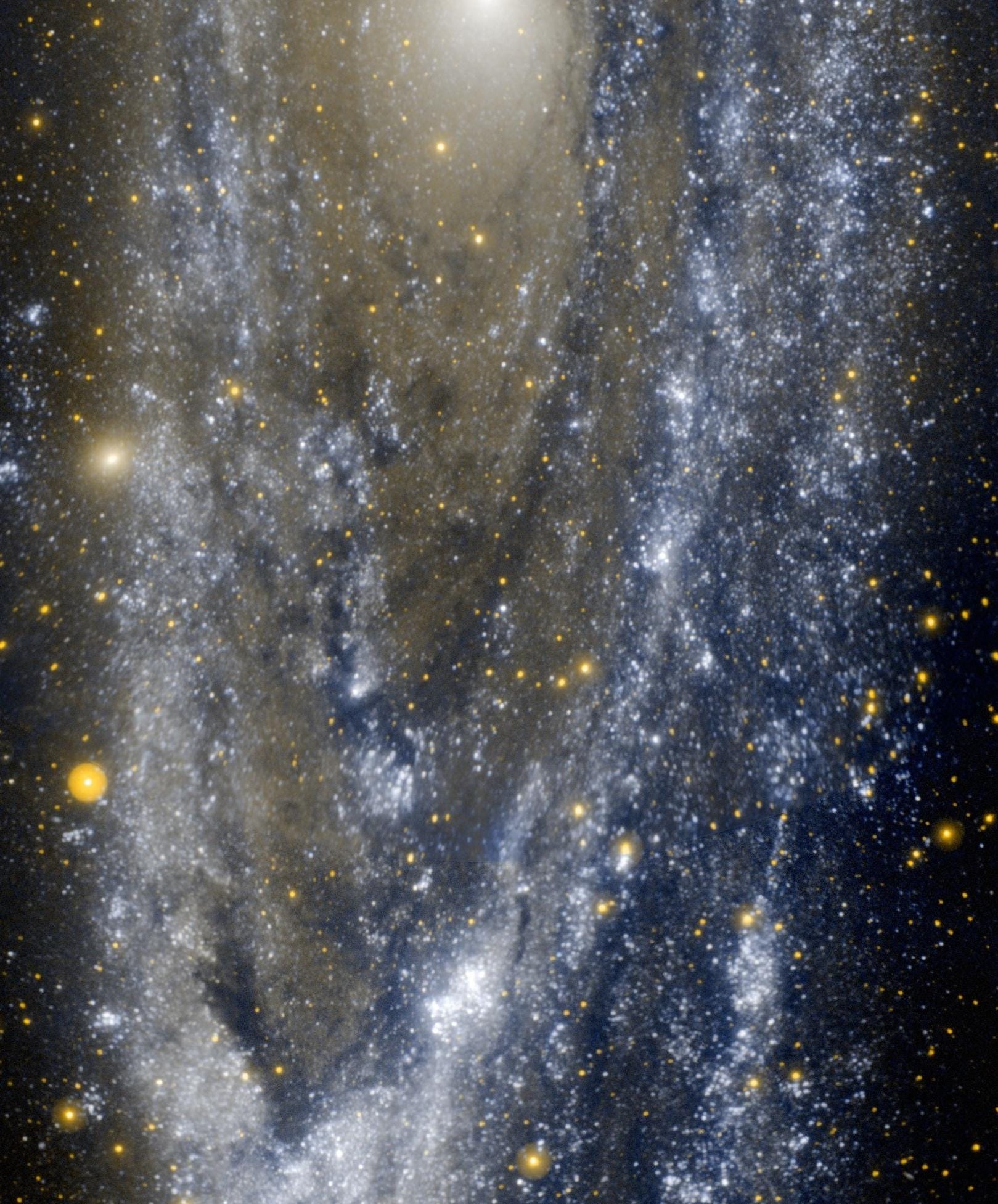
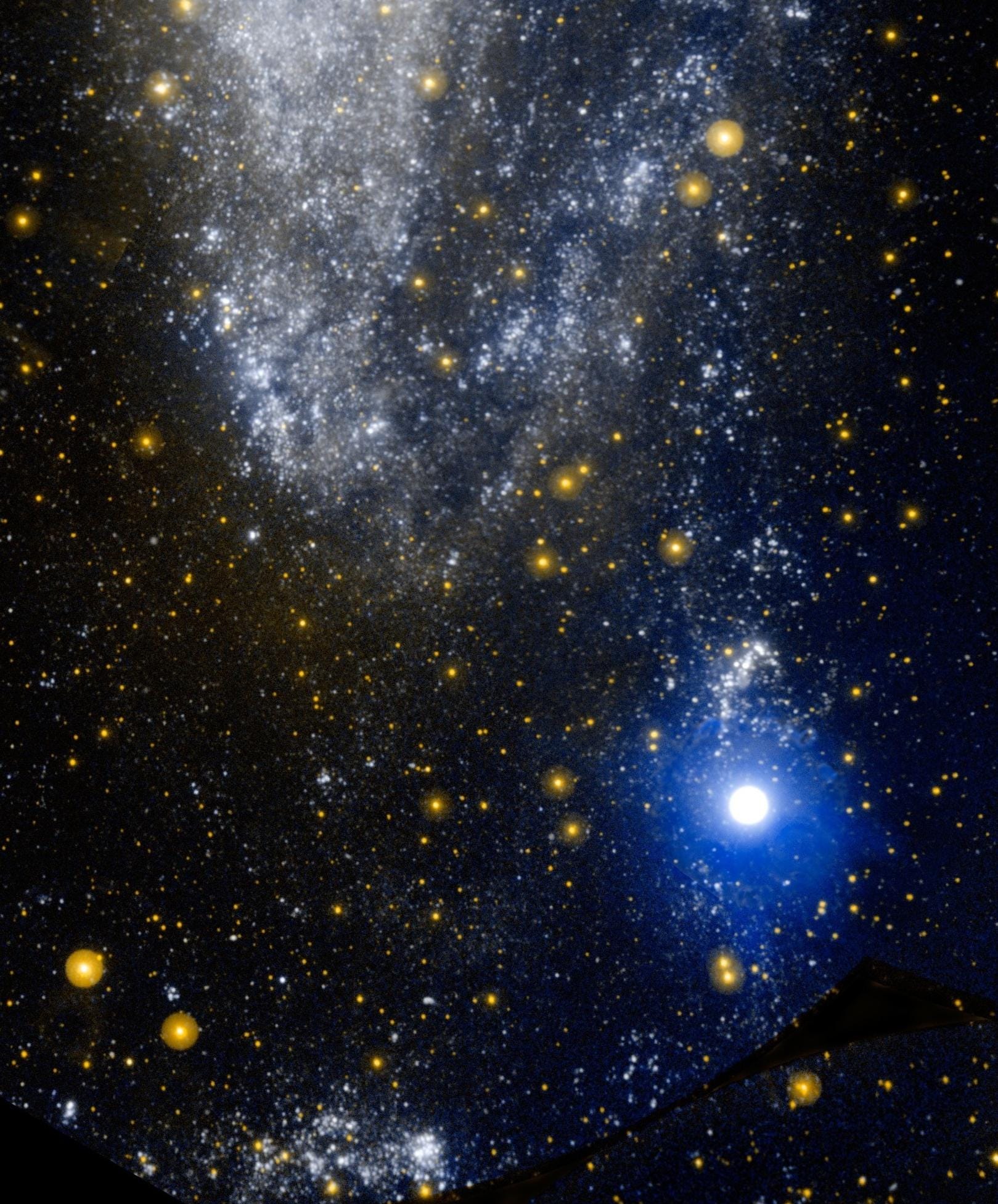
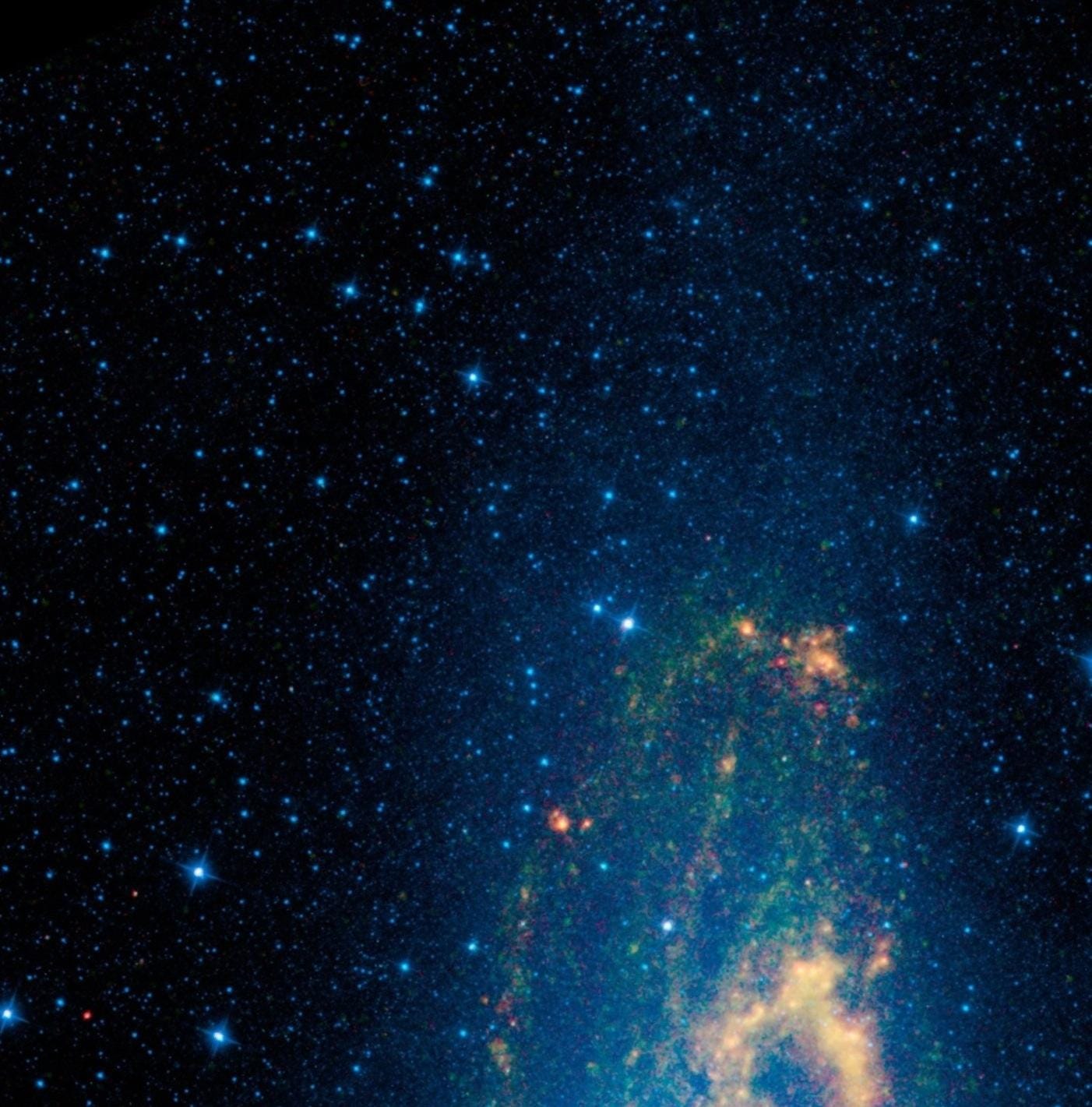
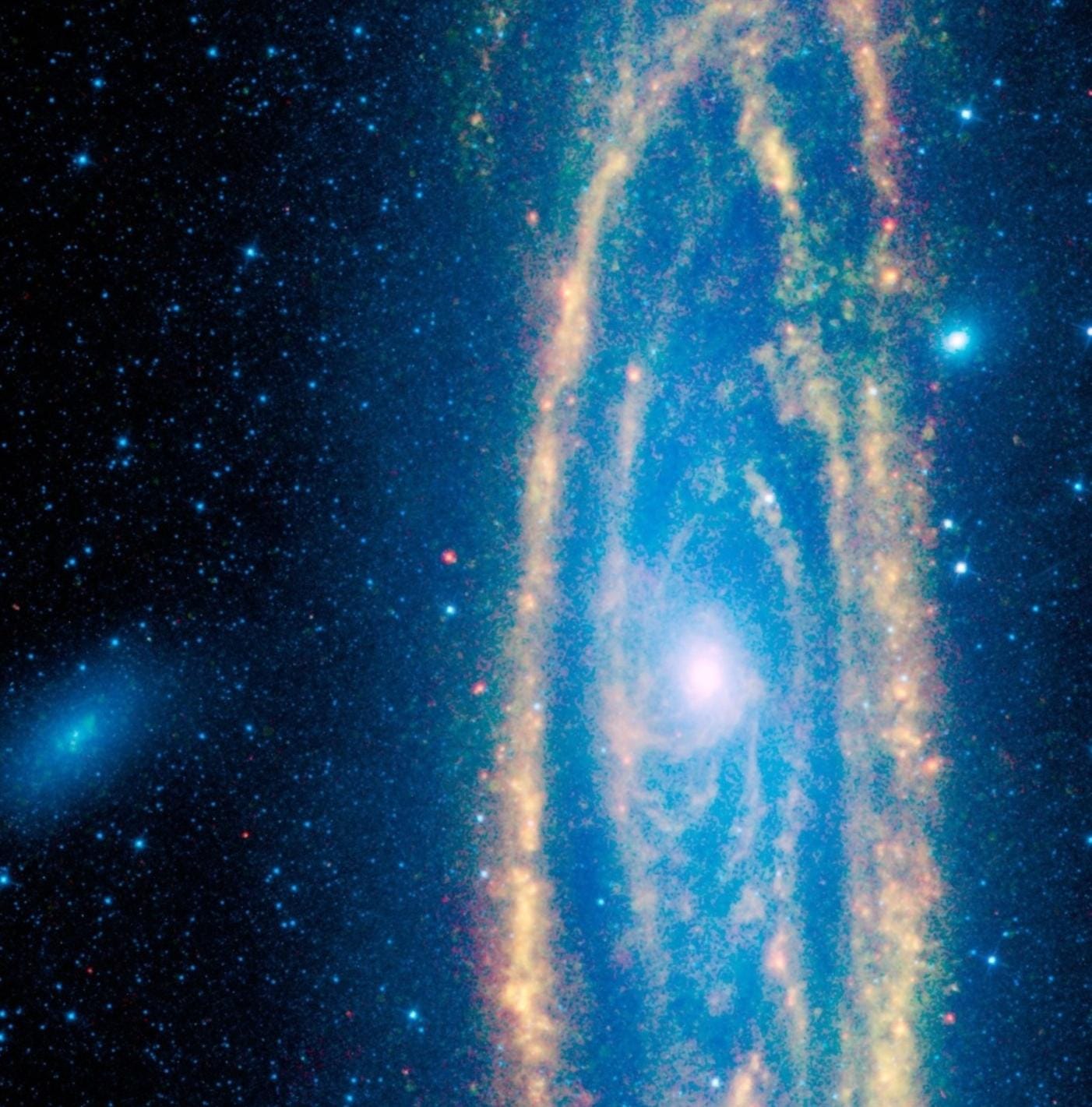
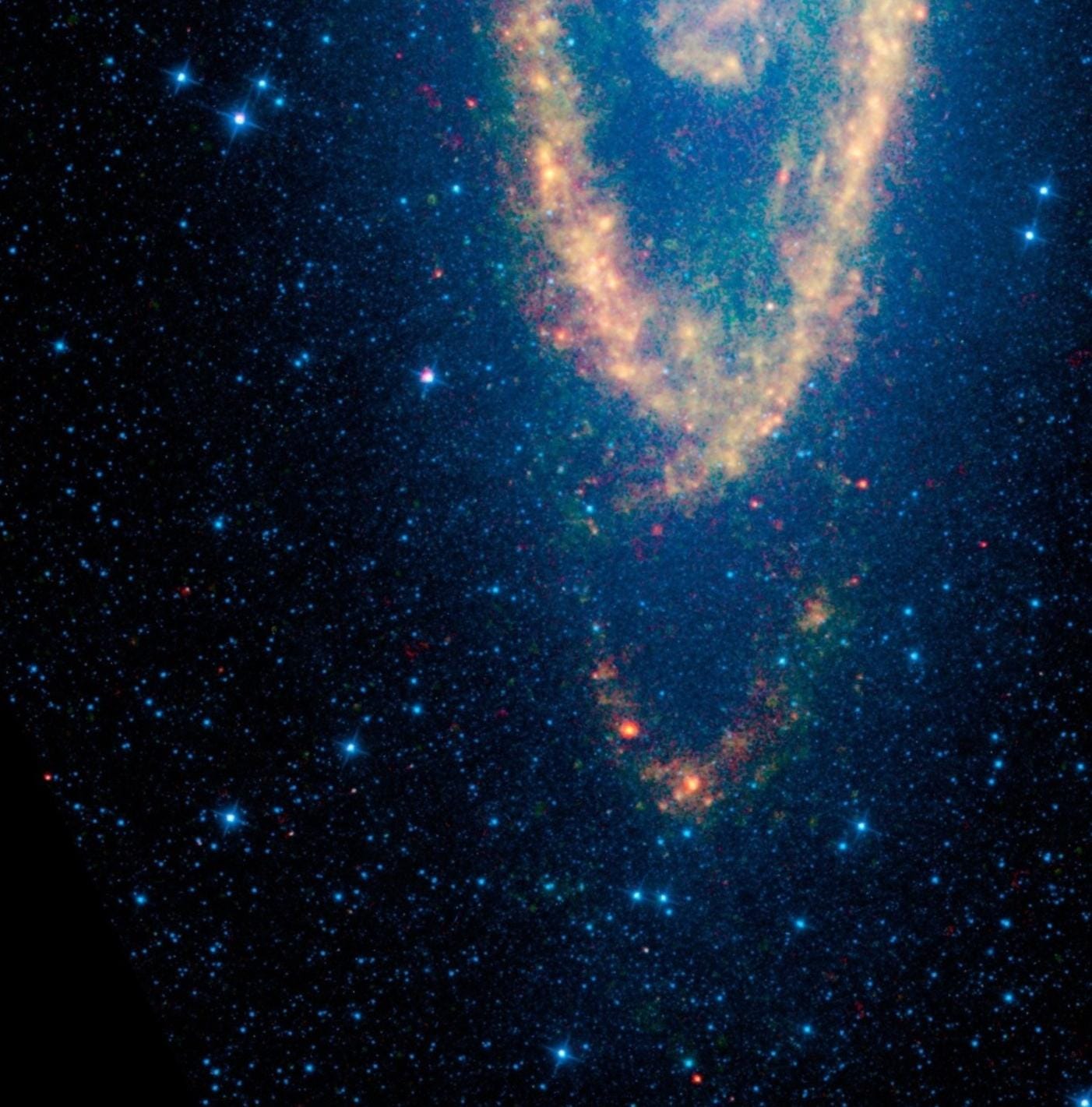
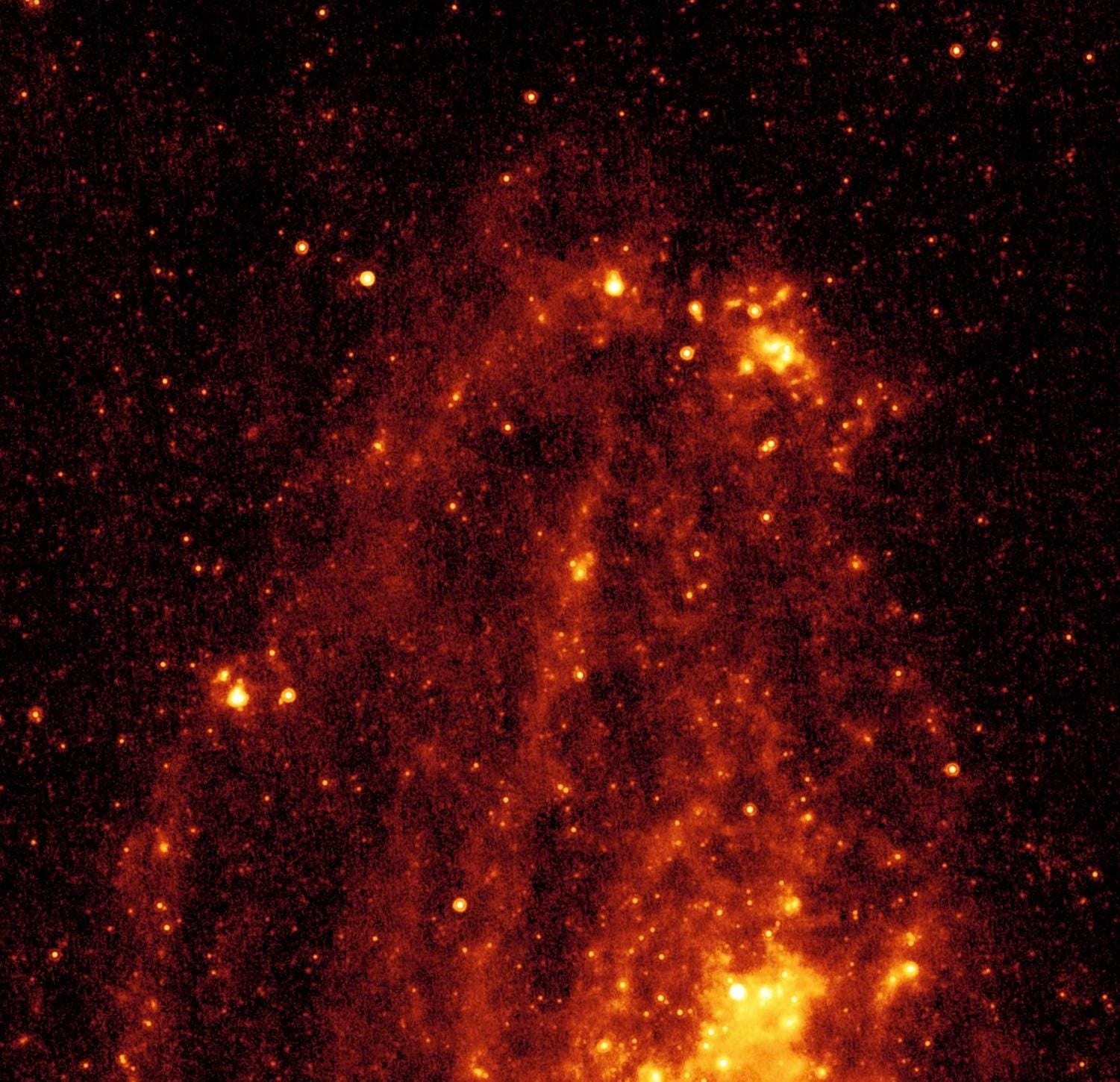
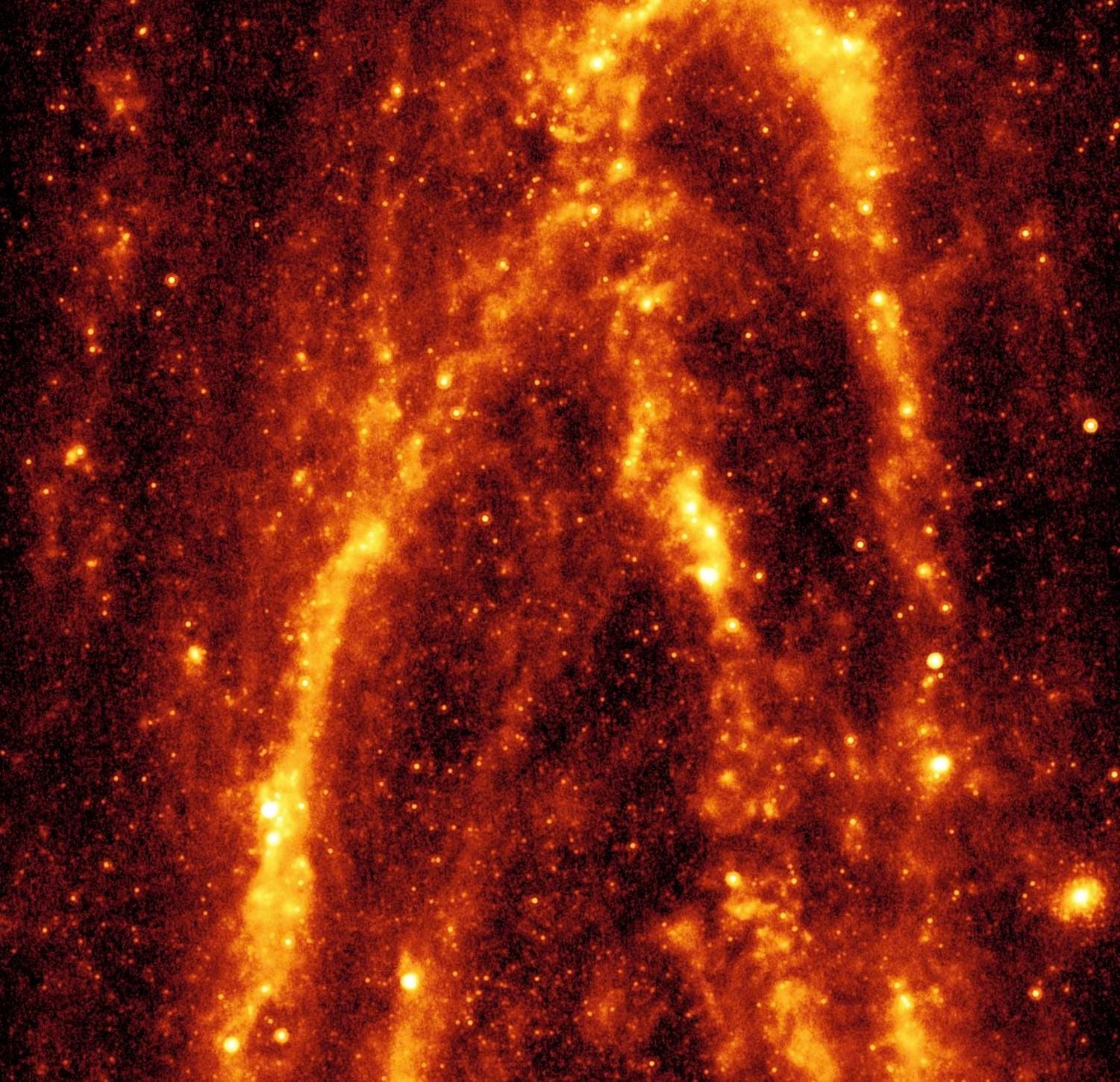
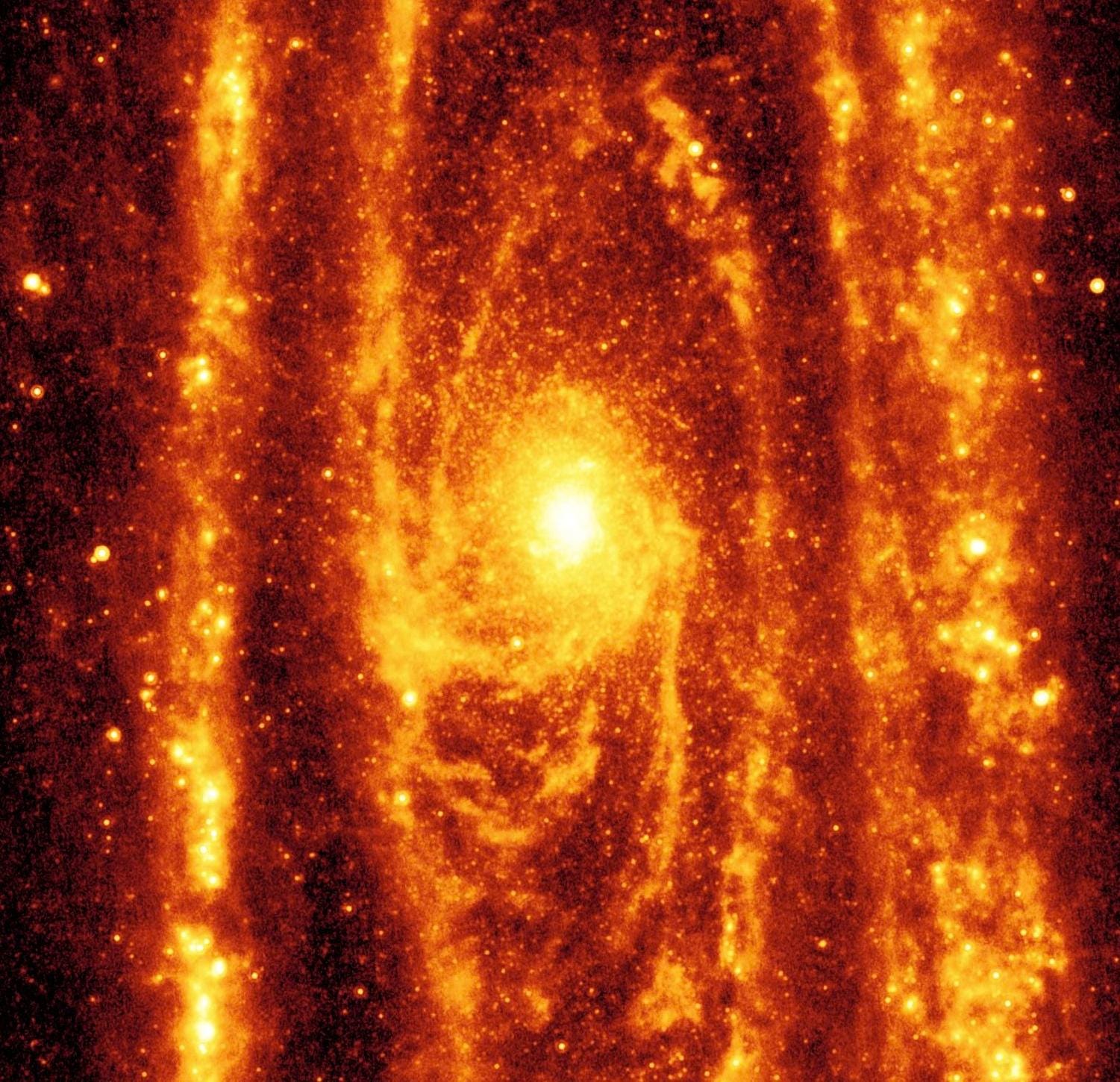
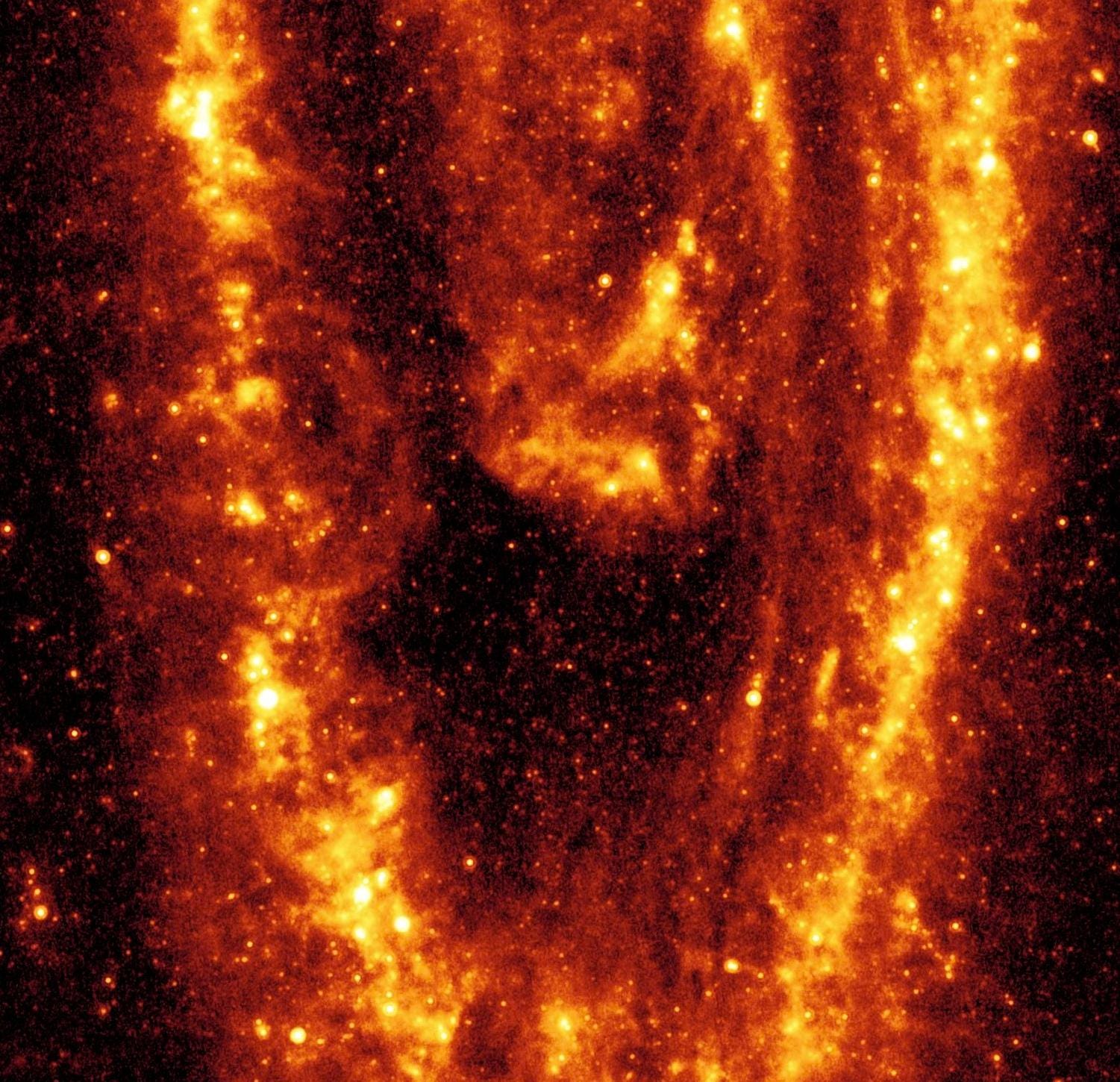
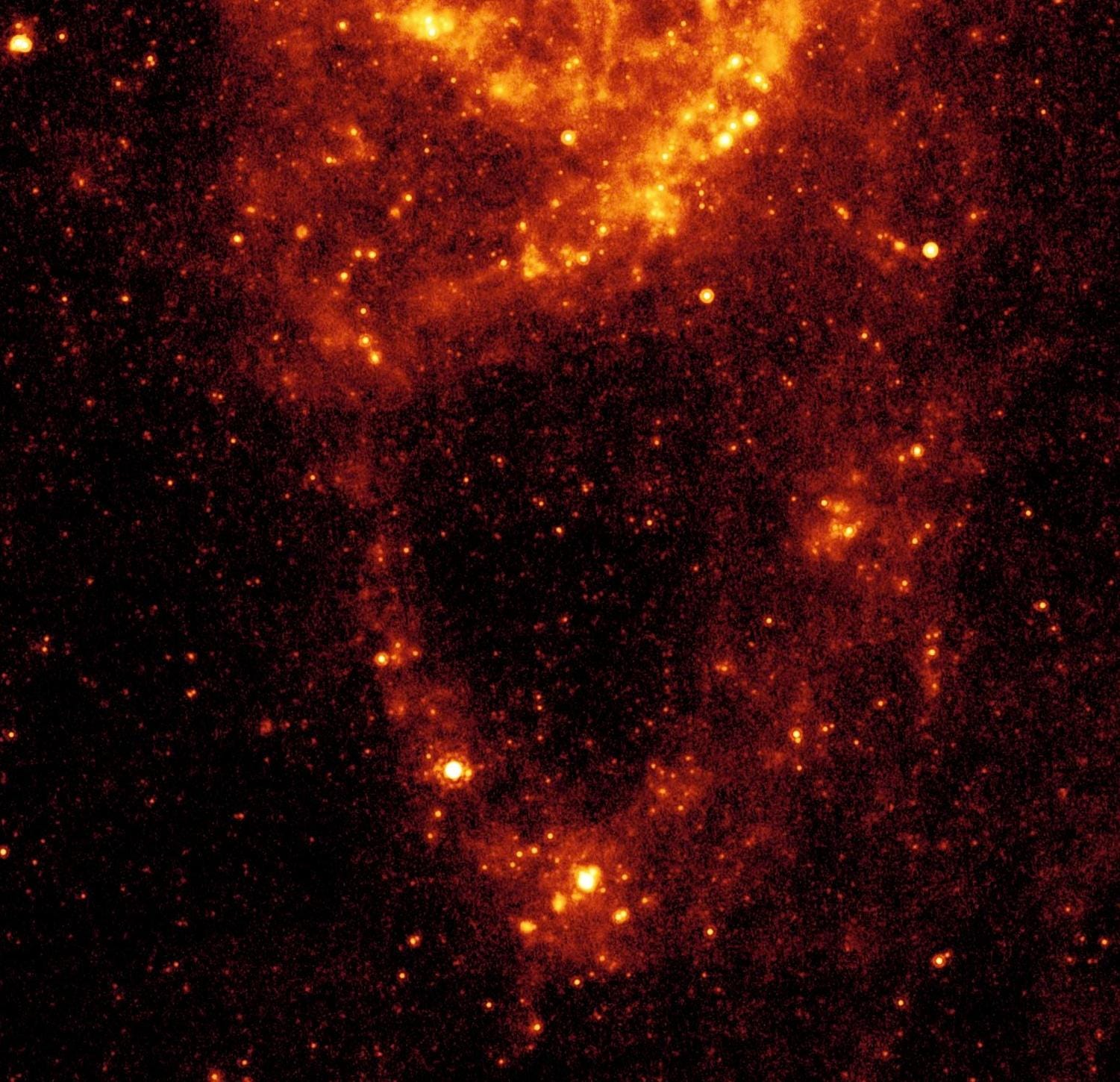
The Andromeda Galaxy (M31) is the largest galaxy in the local group, with more than double the stars of our Milky Way. While visible light images (atop) show them glittering brightly, with sweeping dust lanes blocking the view of the stars behind, they encode no information about where the newest stars are, or where future generations will form.
But other wavelengths of light tell exactly that! Ultraviolet images from Swift and GALEX showcase the hottest, youngest, bluest stars, which are found in clusters along the spiral arms and in the very center. In the infrared, from WISE and Spitzer, the cool gas shows where future generations of stars will form next. The shorter infrared wavelengths also highlight stars irrespective of whether galactic dust obscures them or not.
Below, the two-filter composite from the Spitzer Space Telescope reveals stars (in blue) and cool gas (in red), where future stars will form in short order. This image, split into two so as not to reduce the image quality, is the highest-resolution, non-visible composite ever assembled of another galaxy.
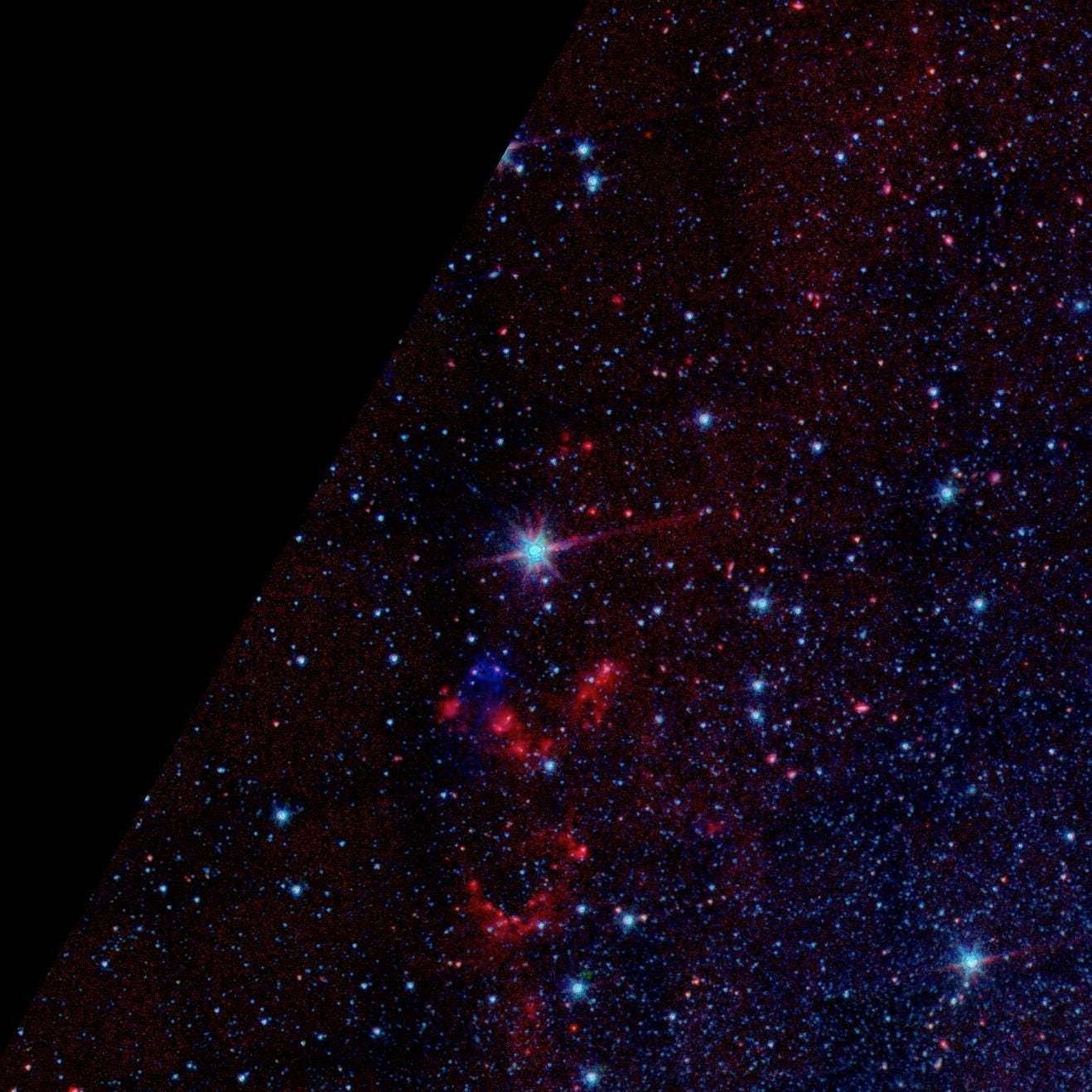
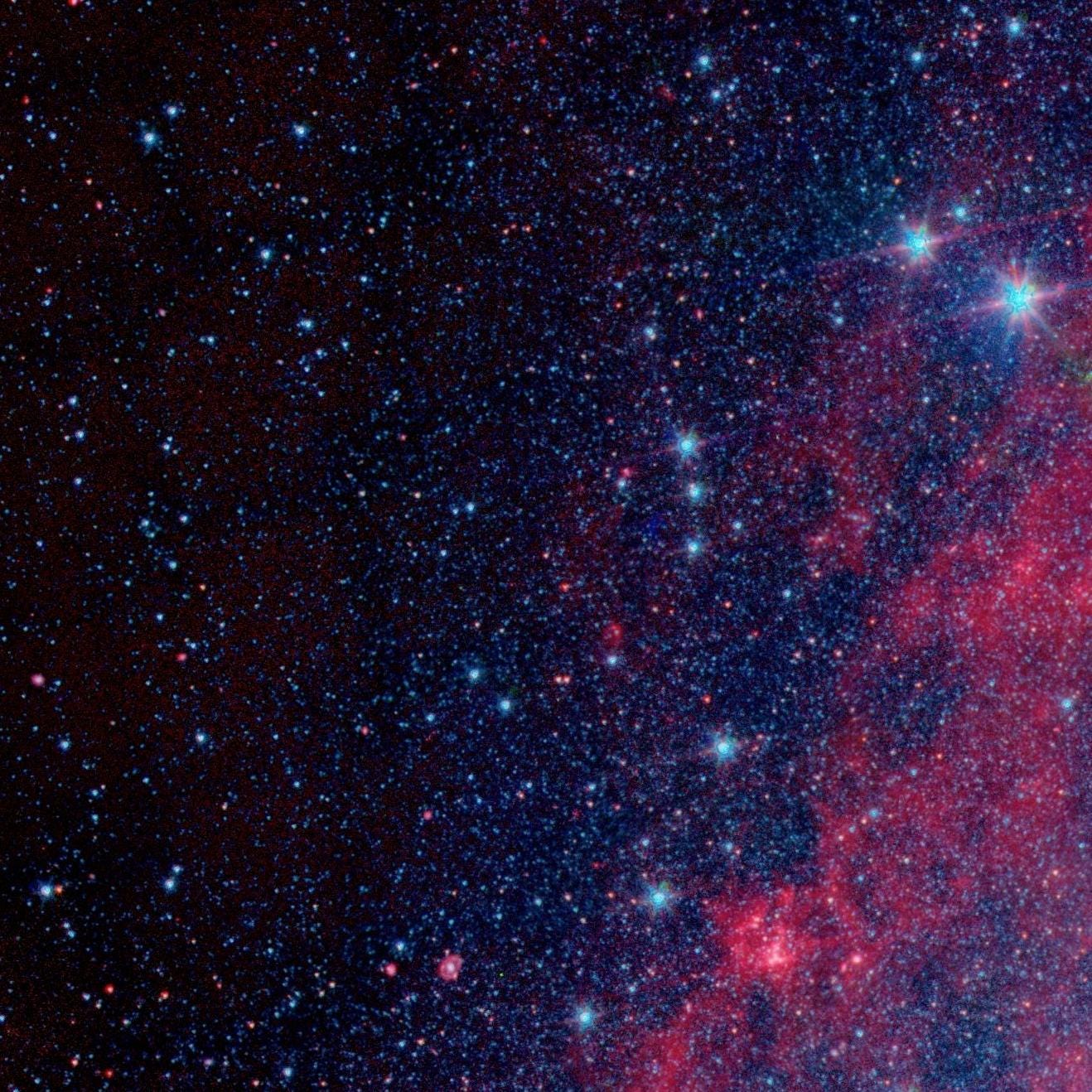
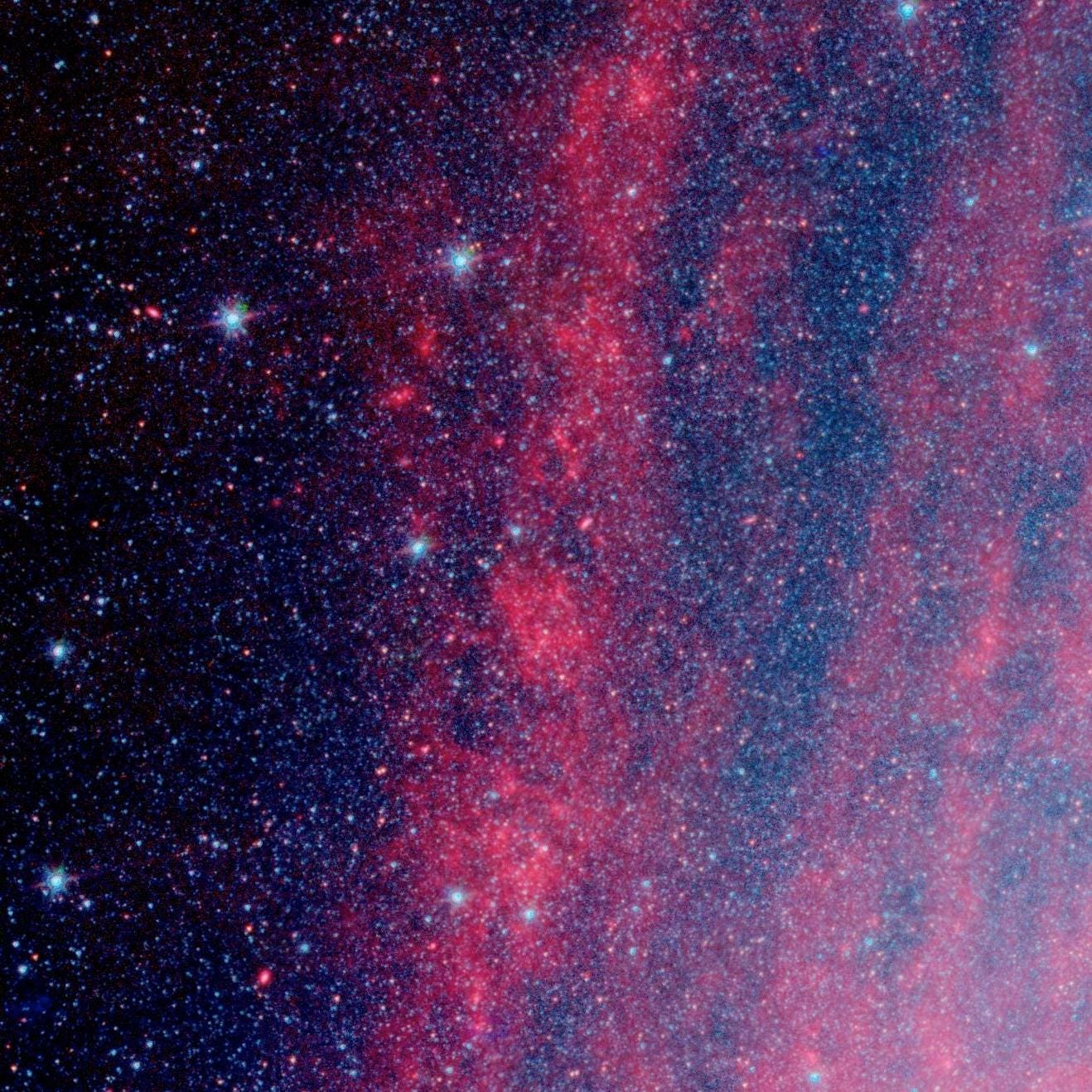
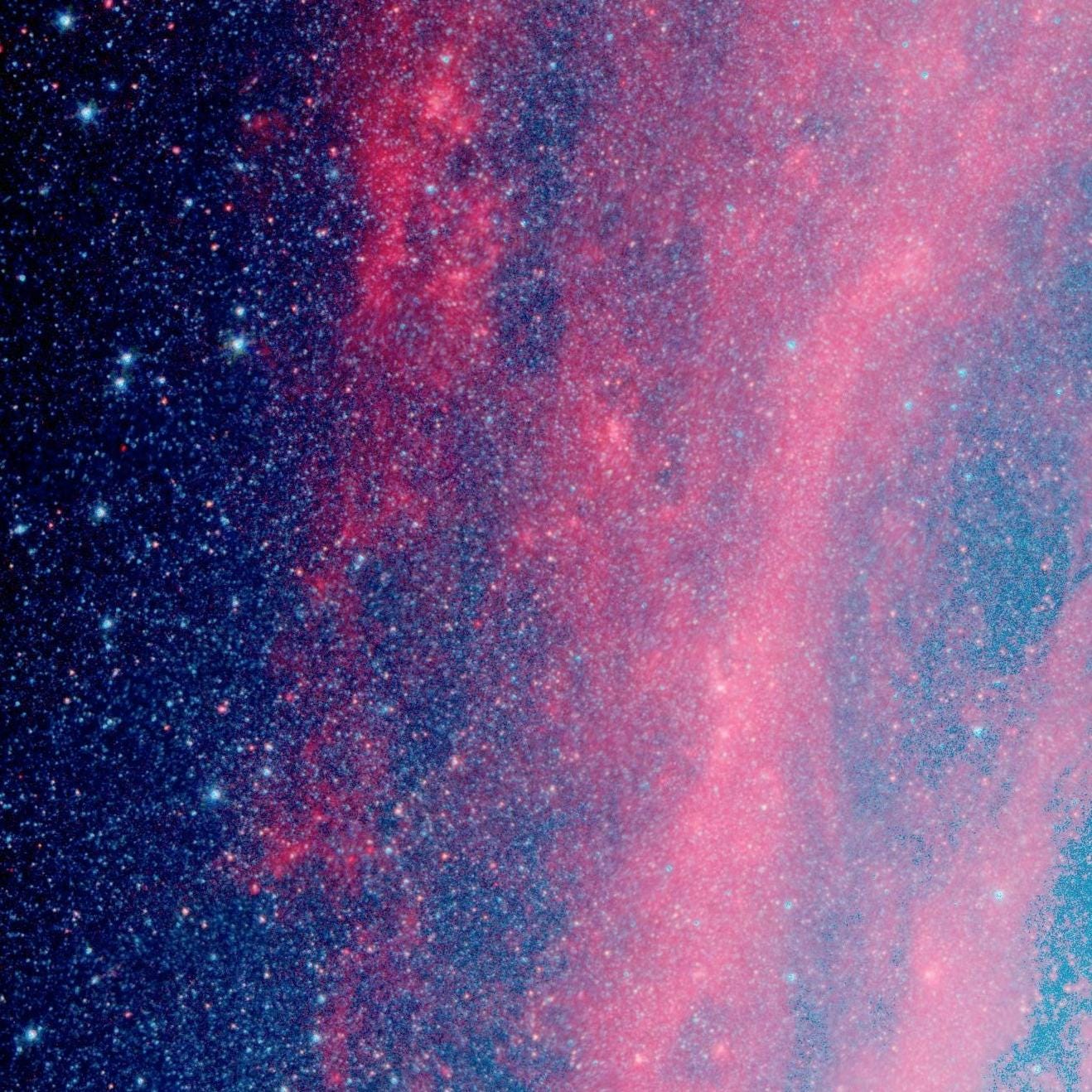
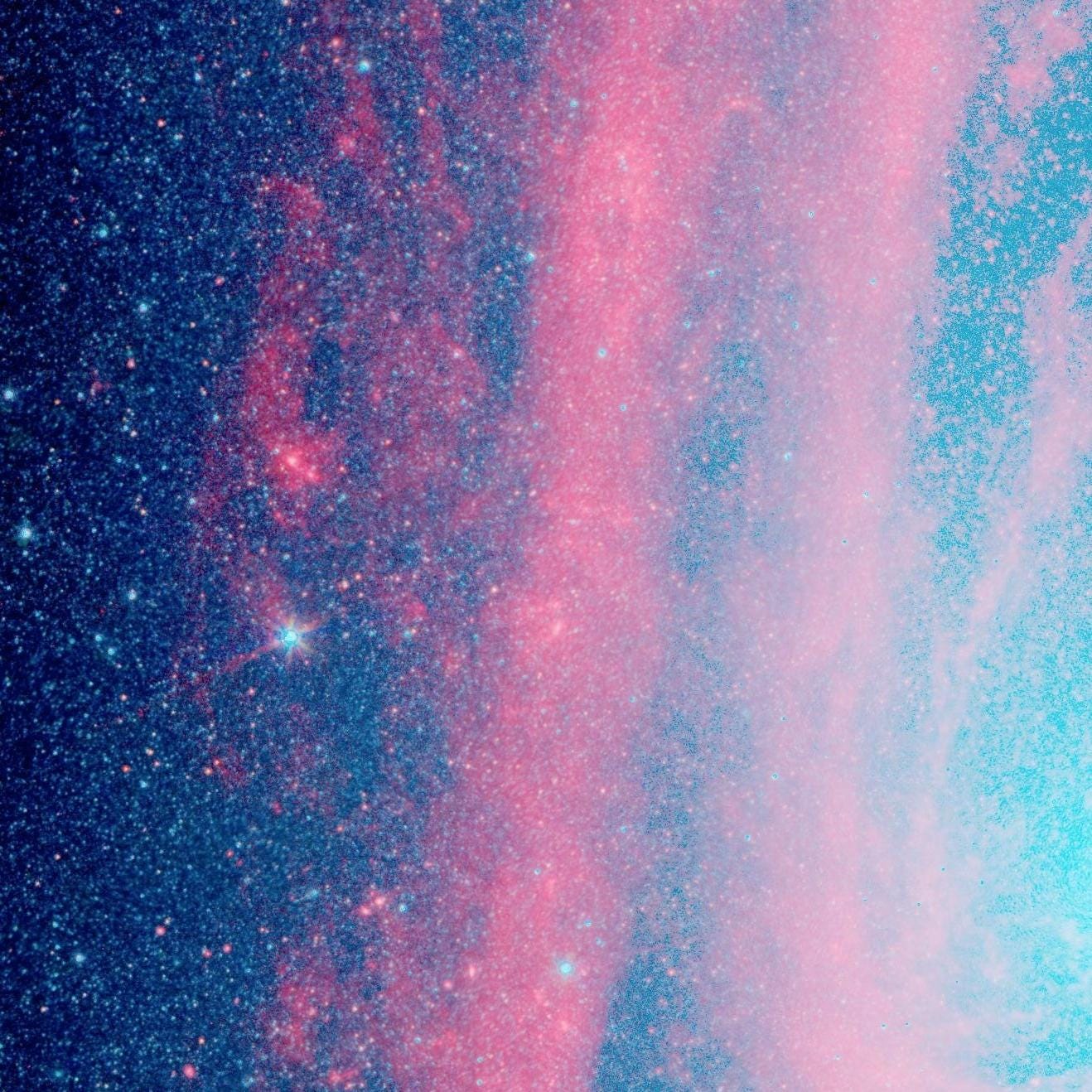
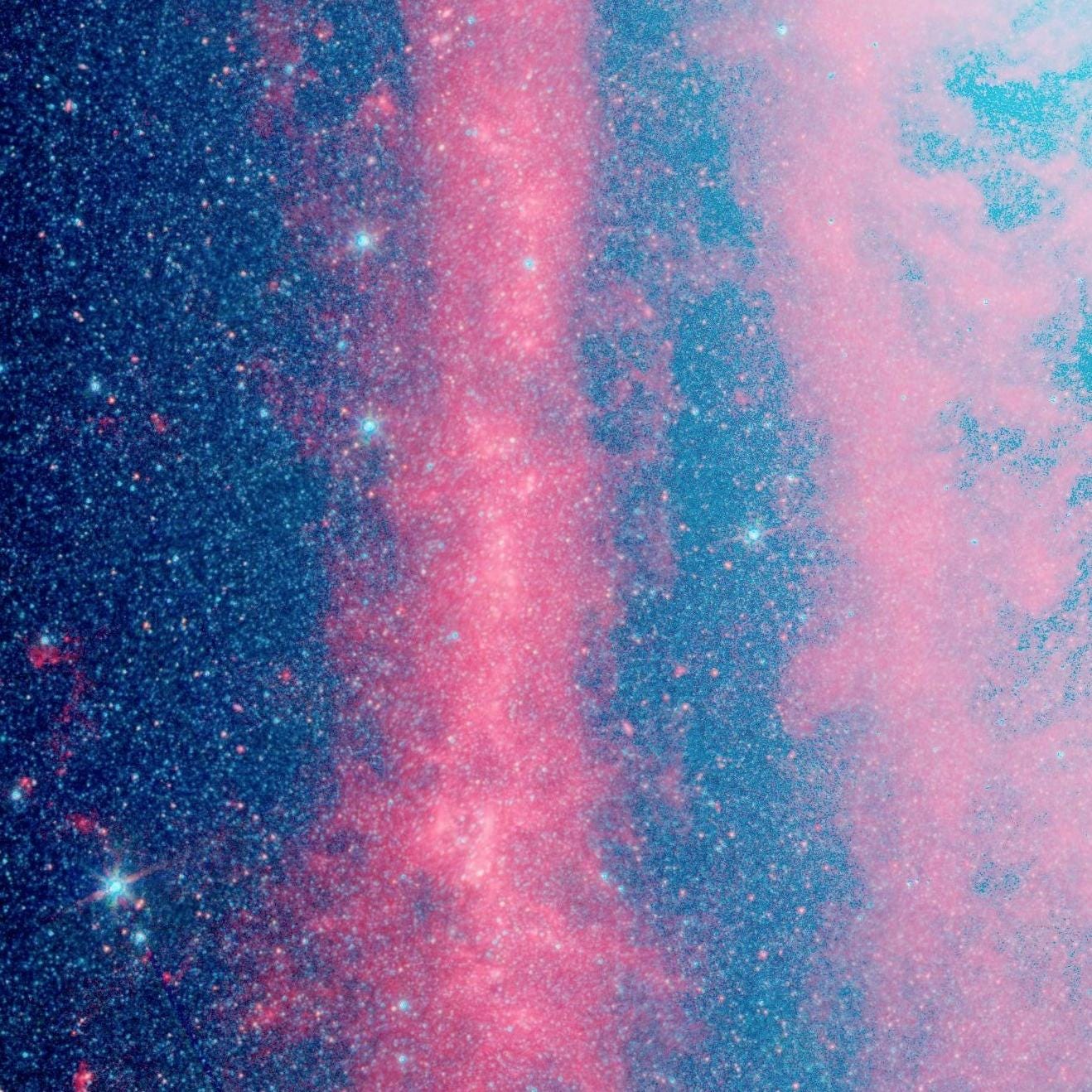
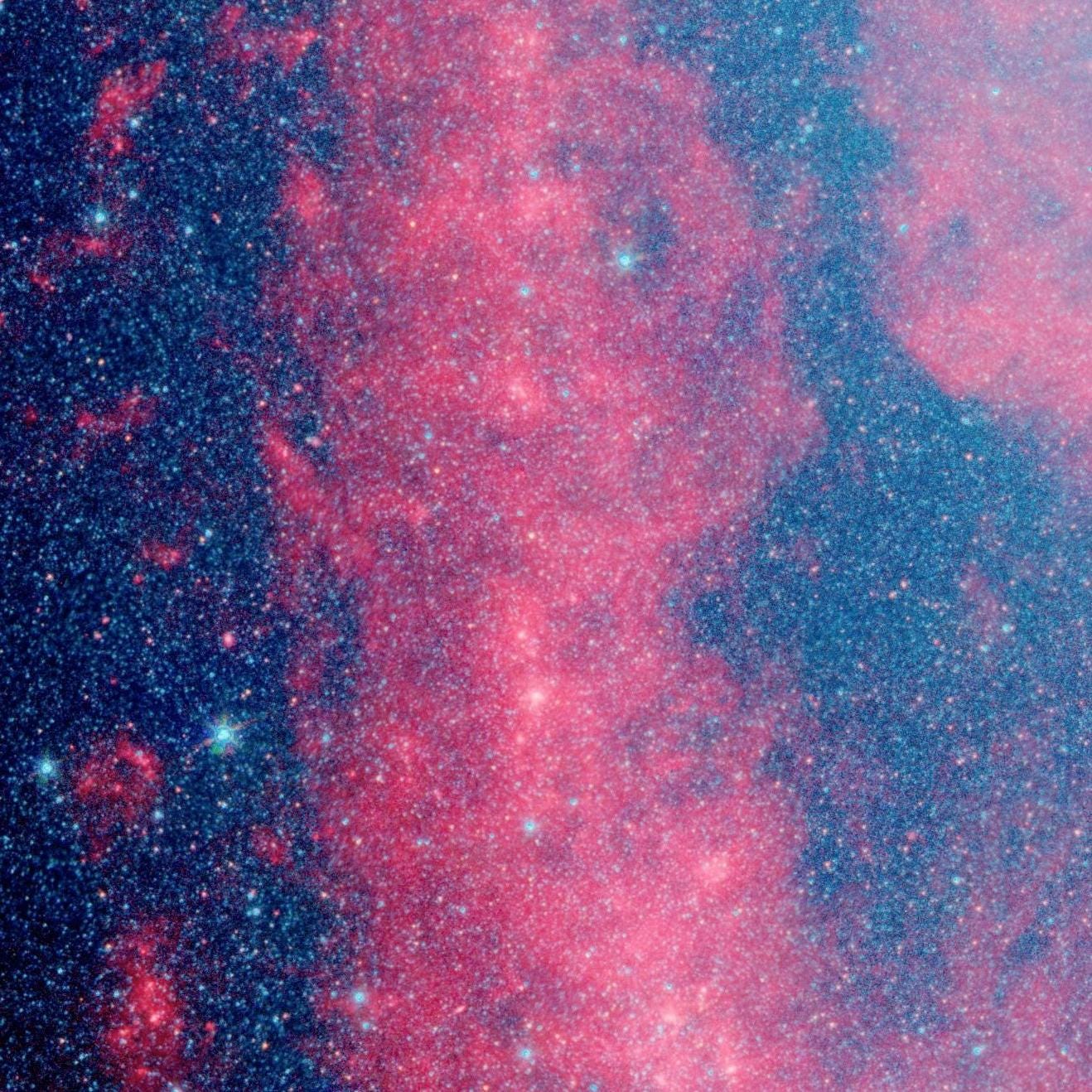
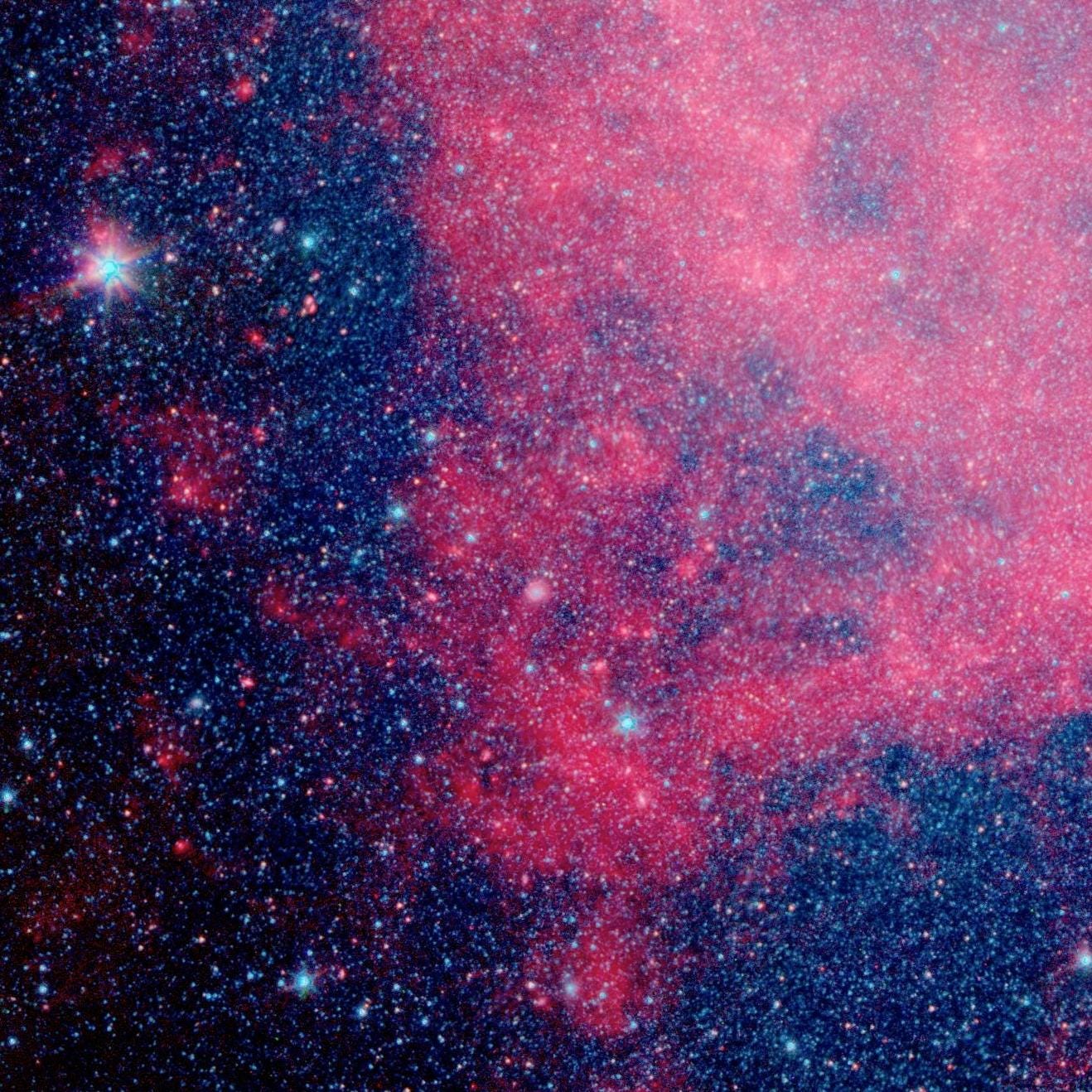
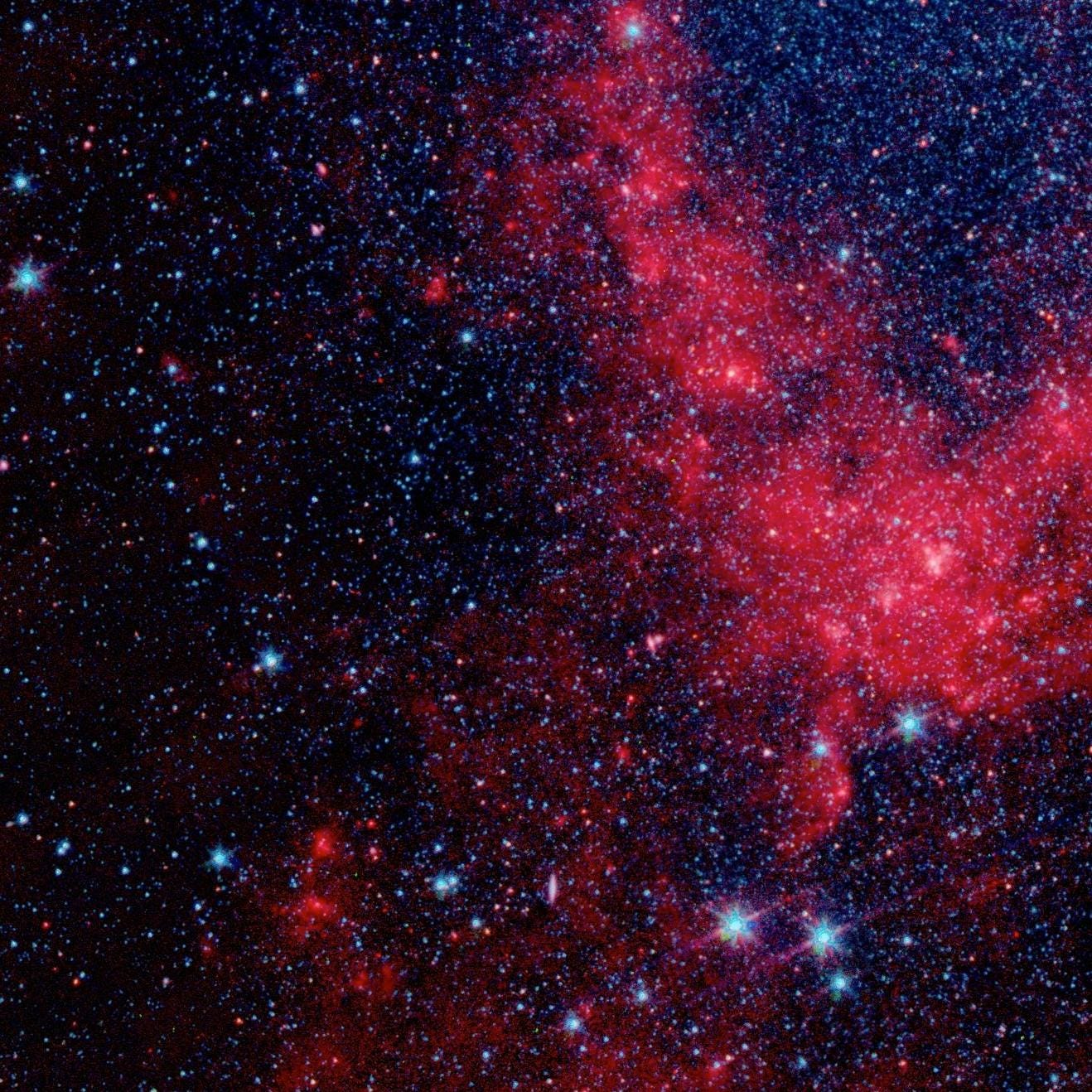
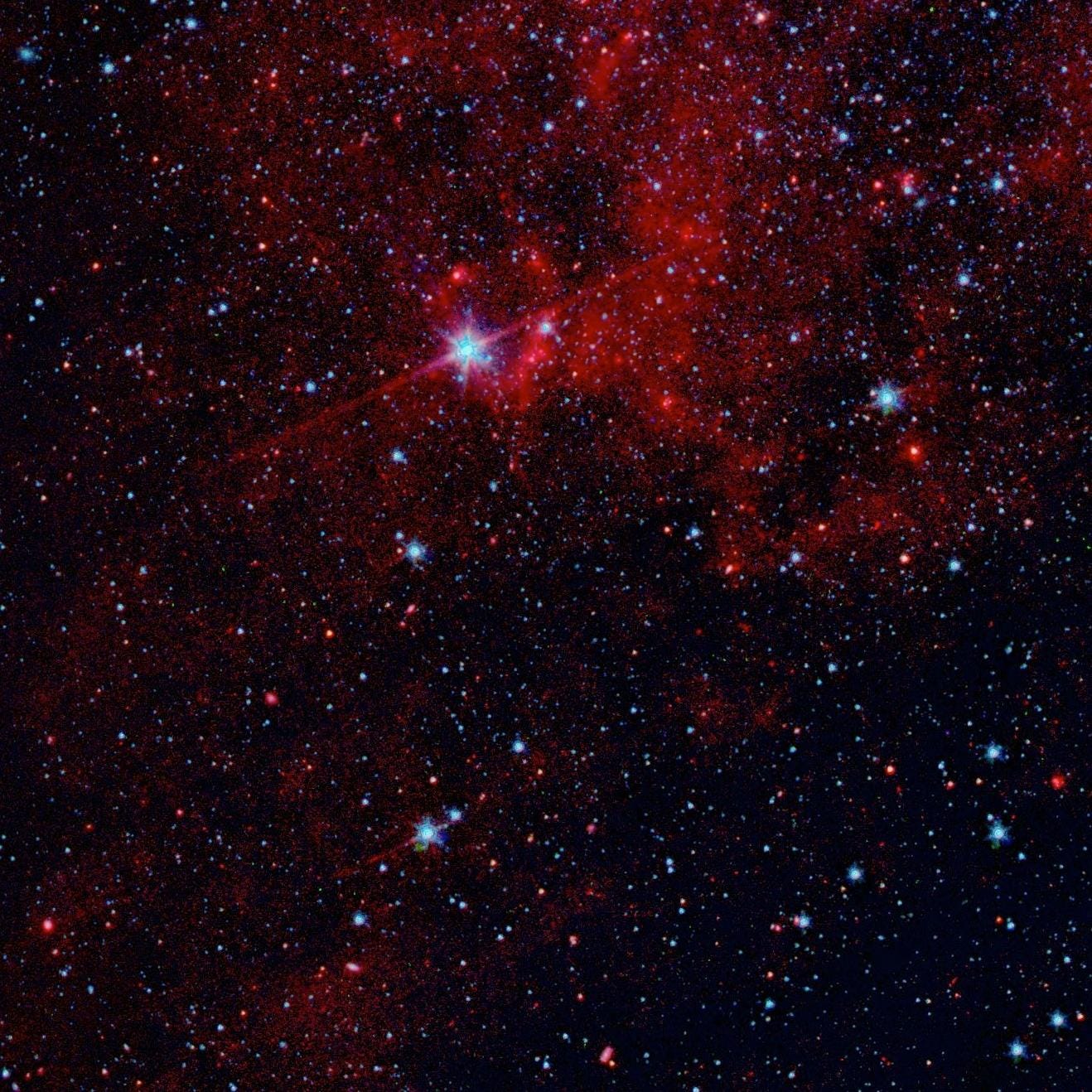
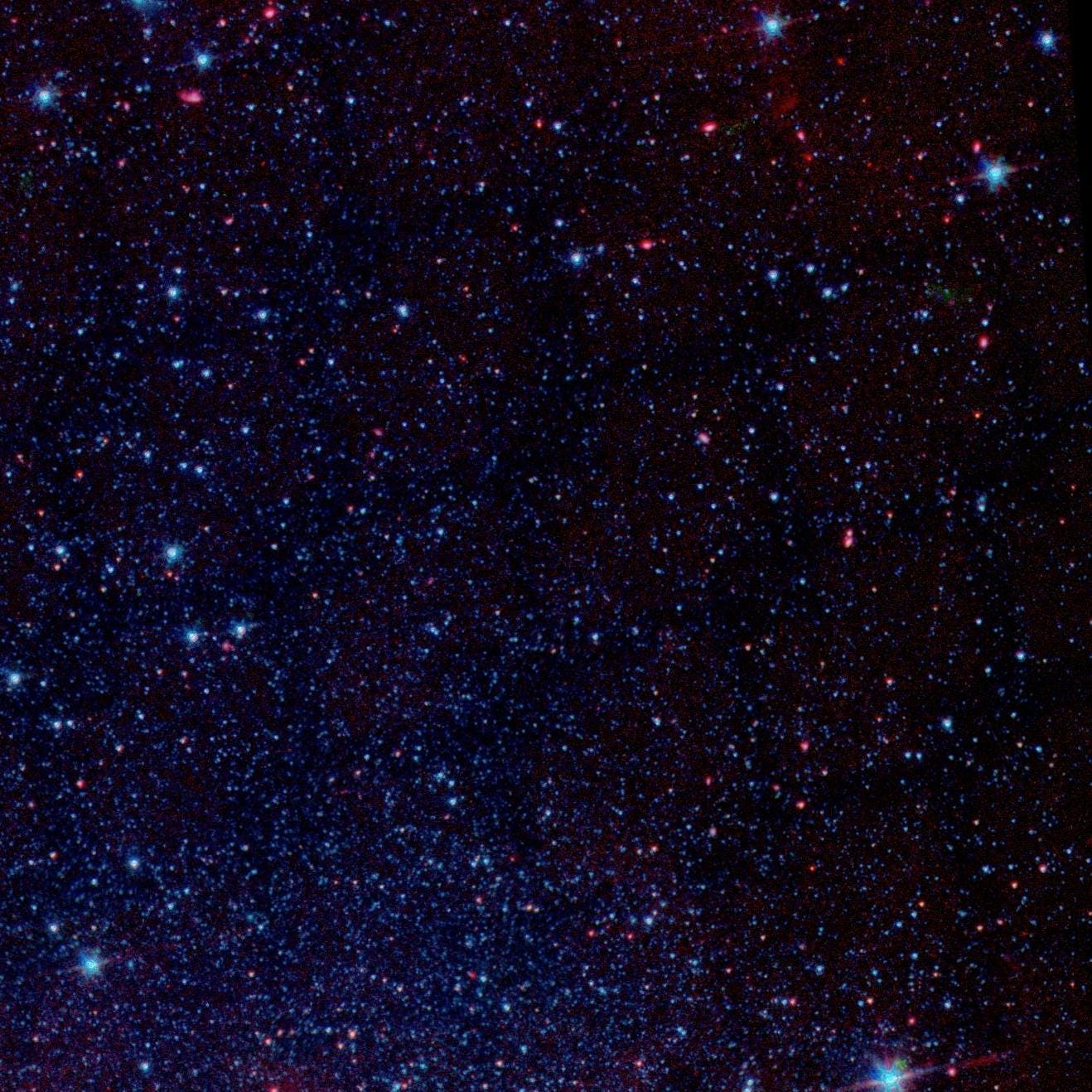
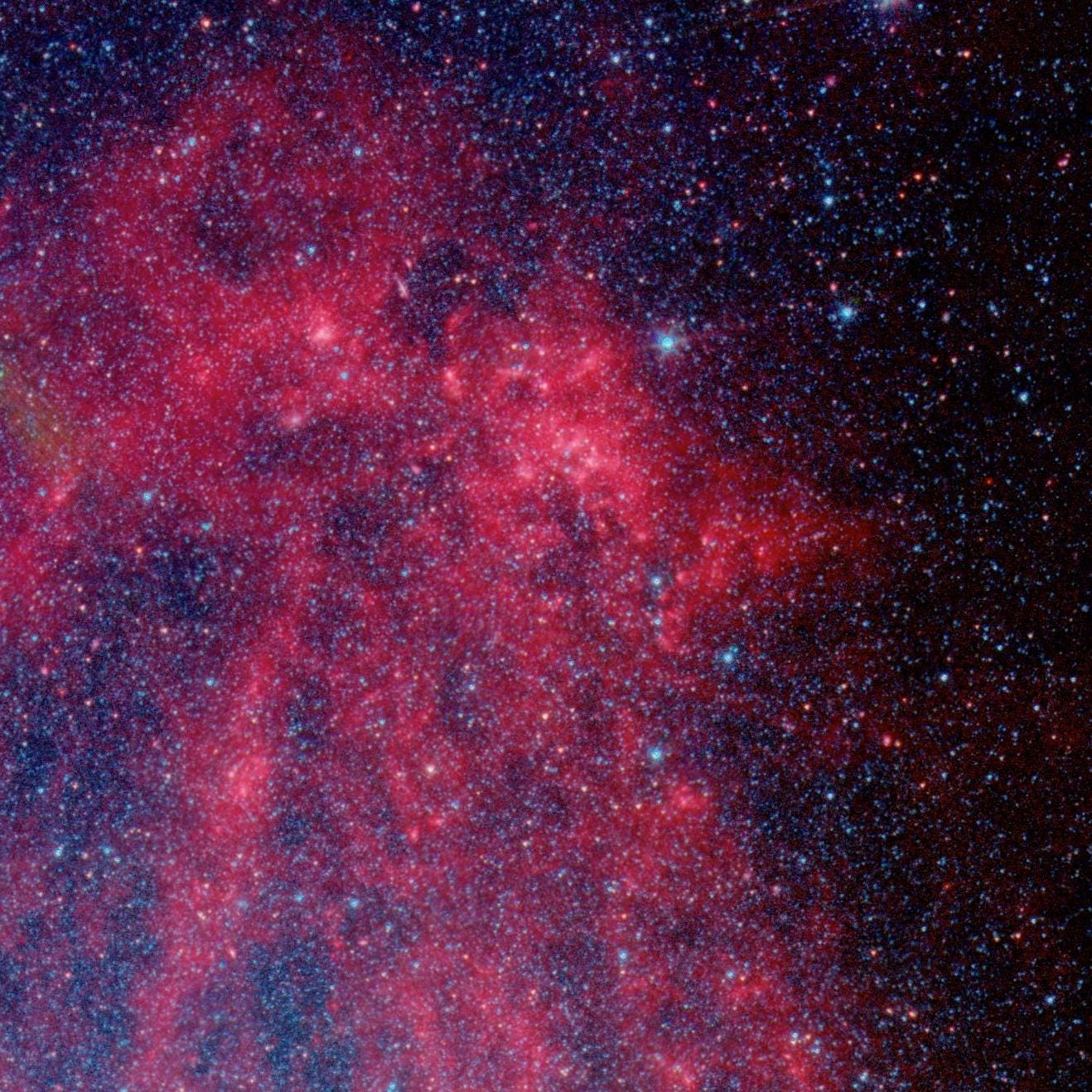
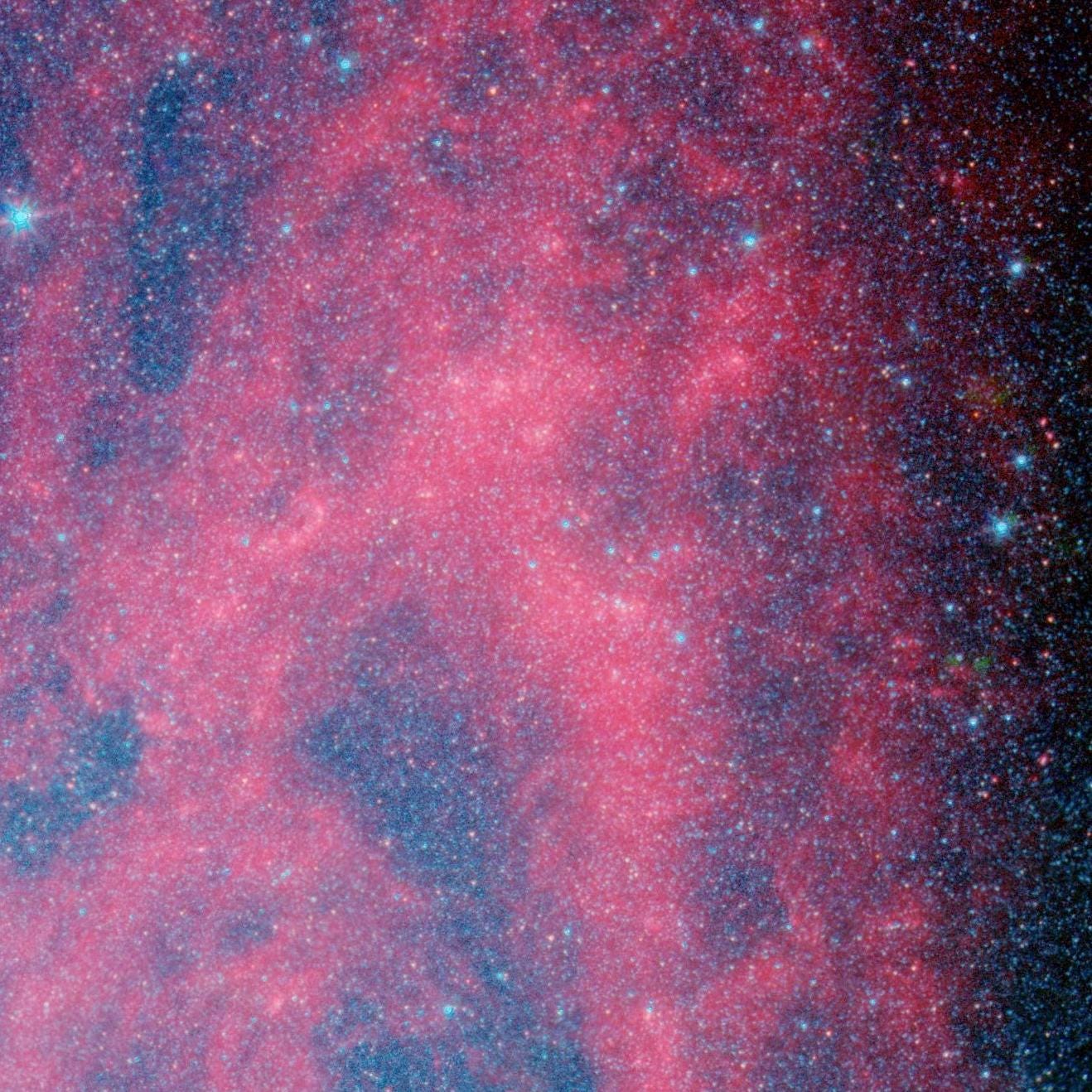
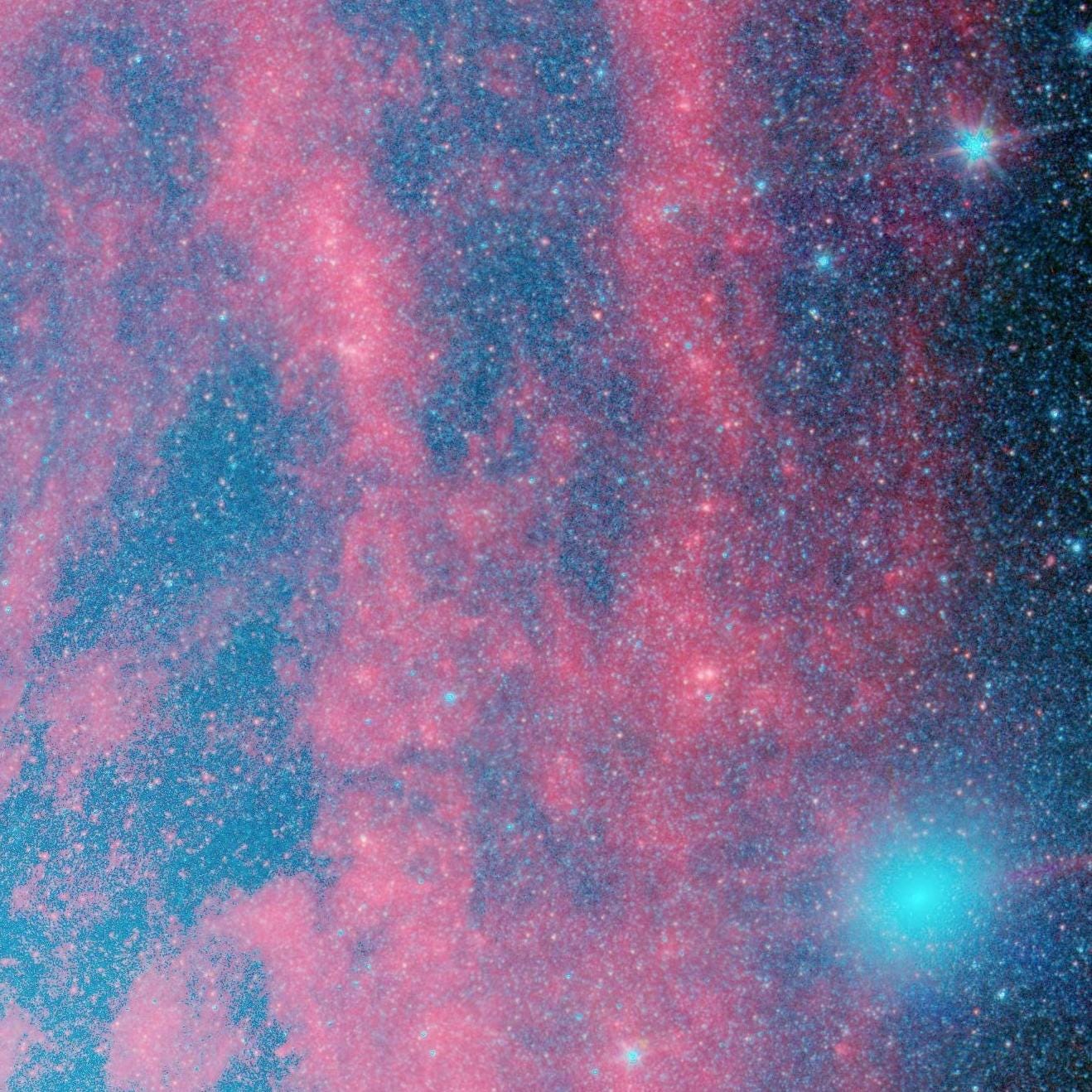
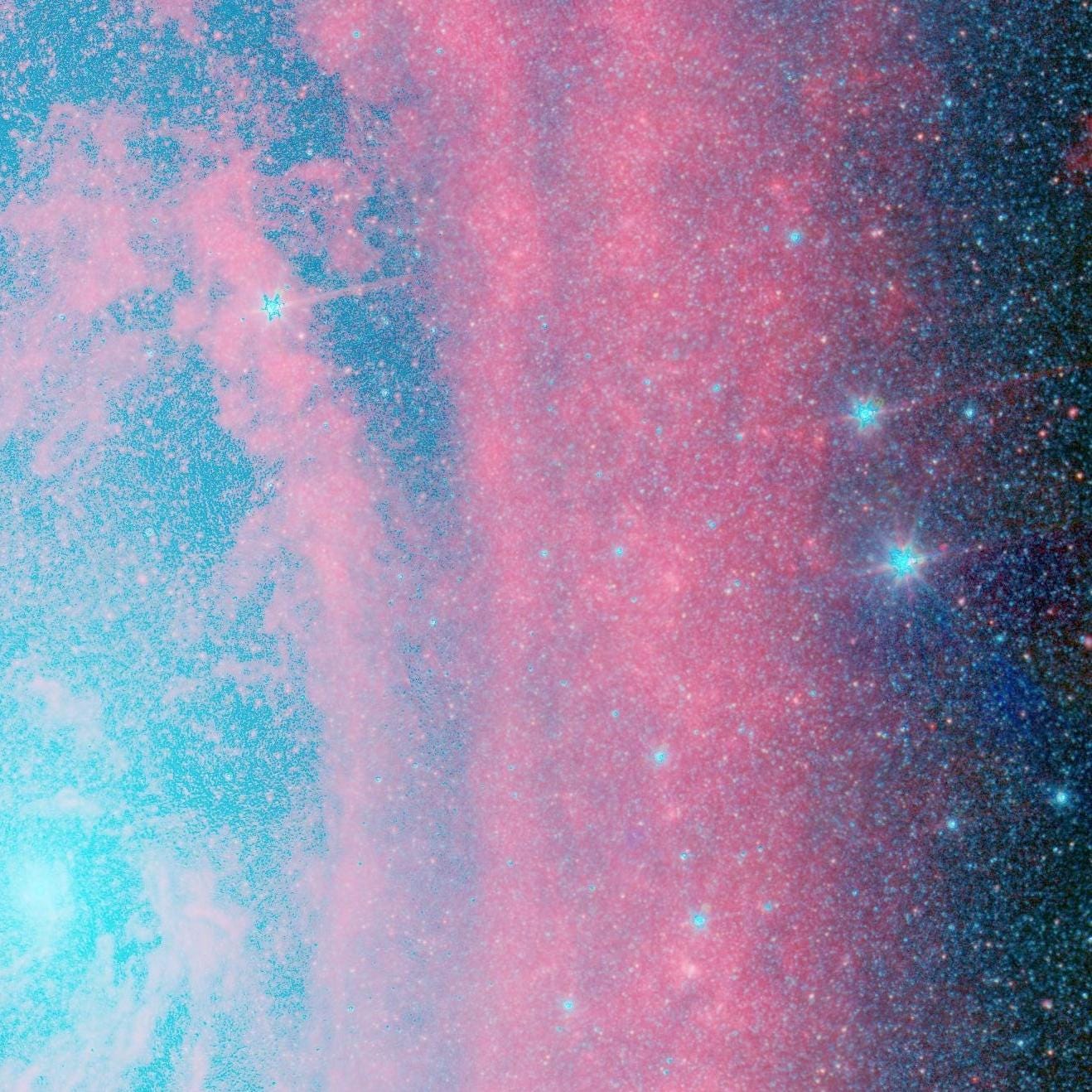
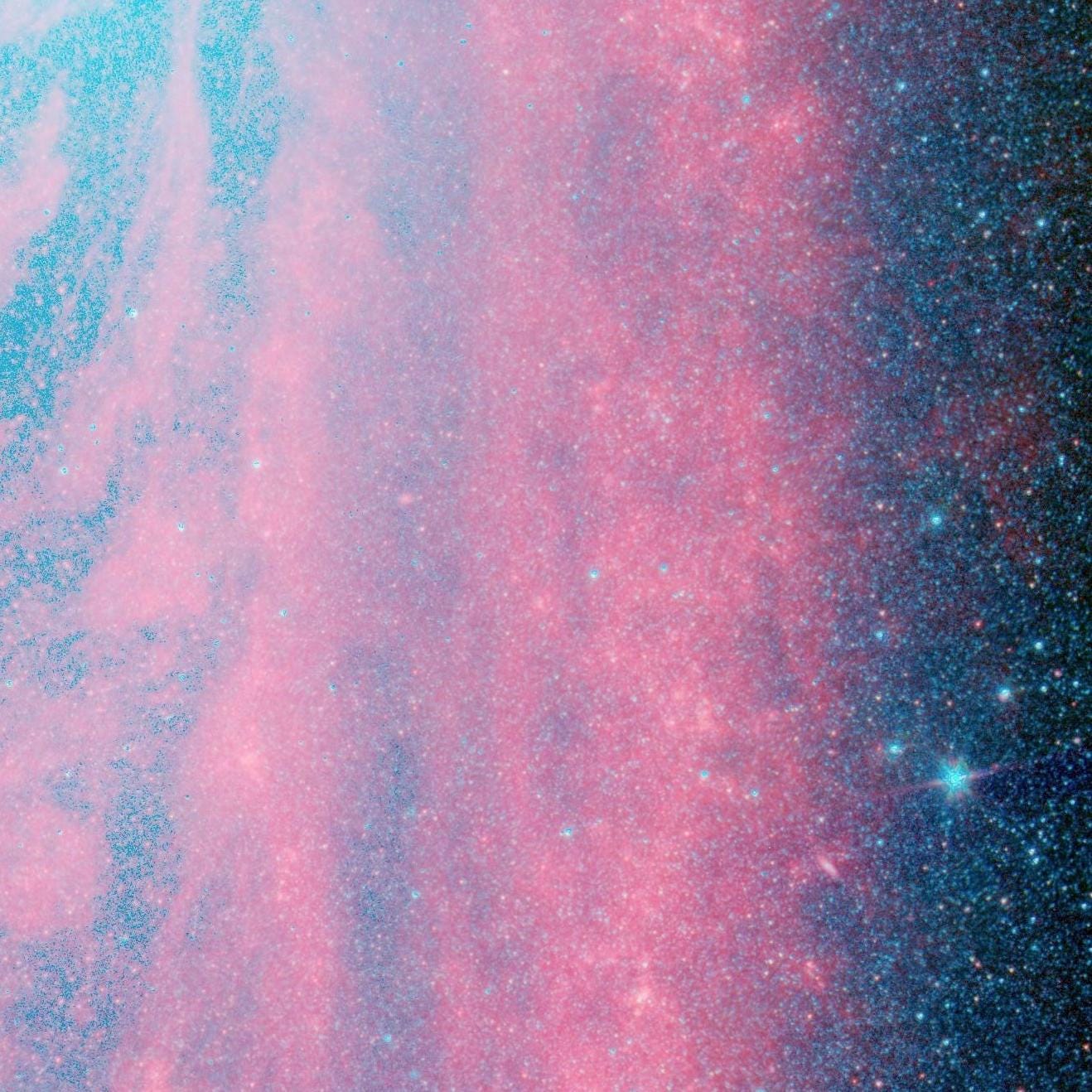
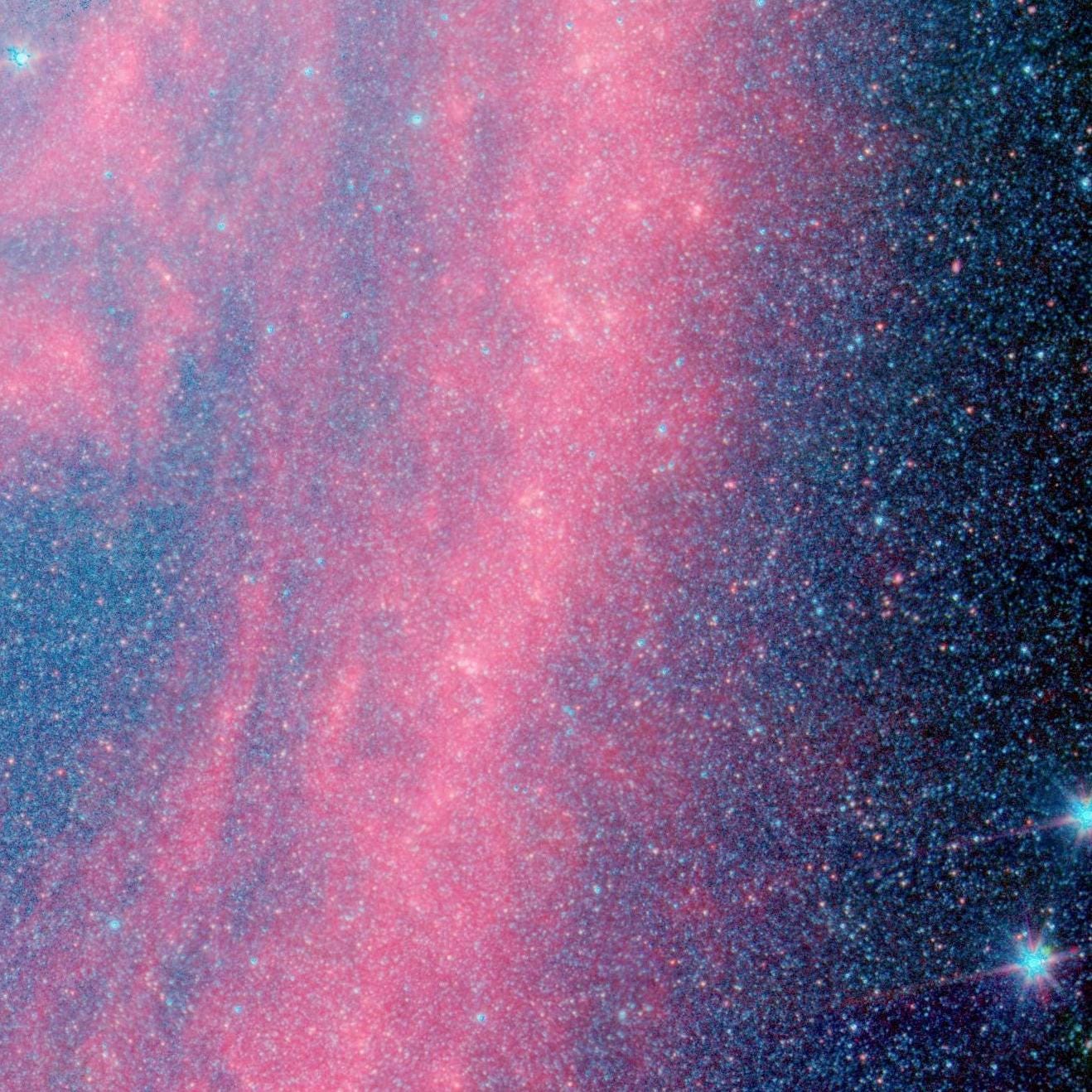
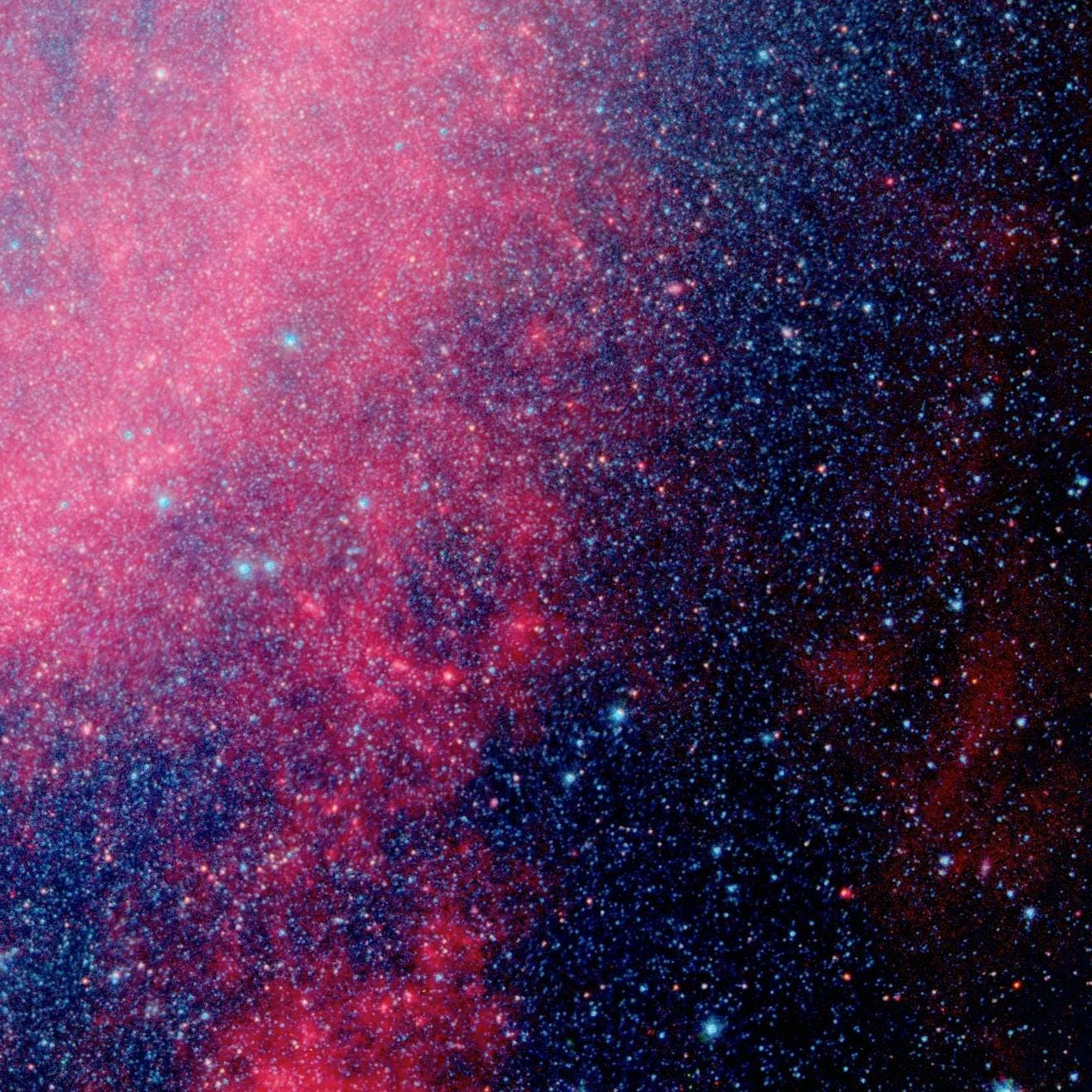
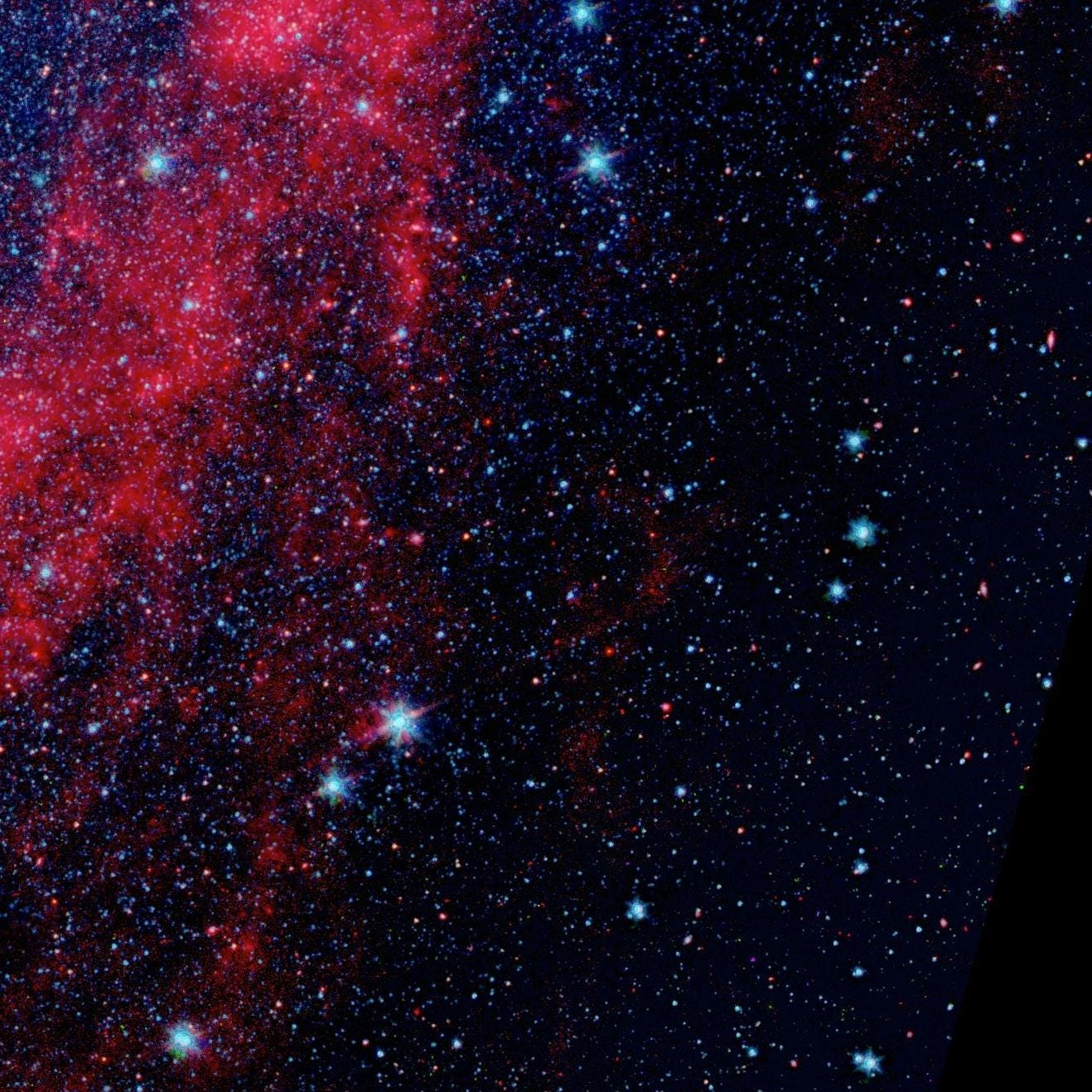
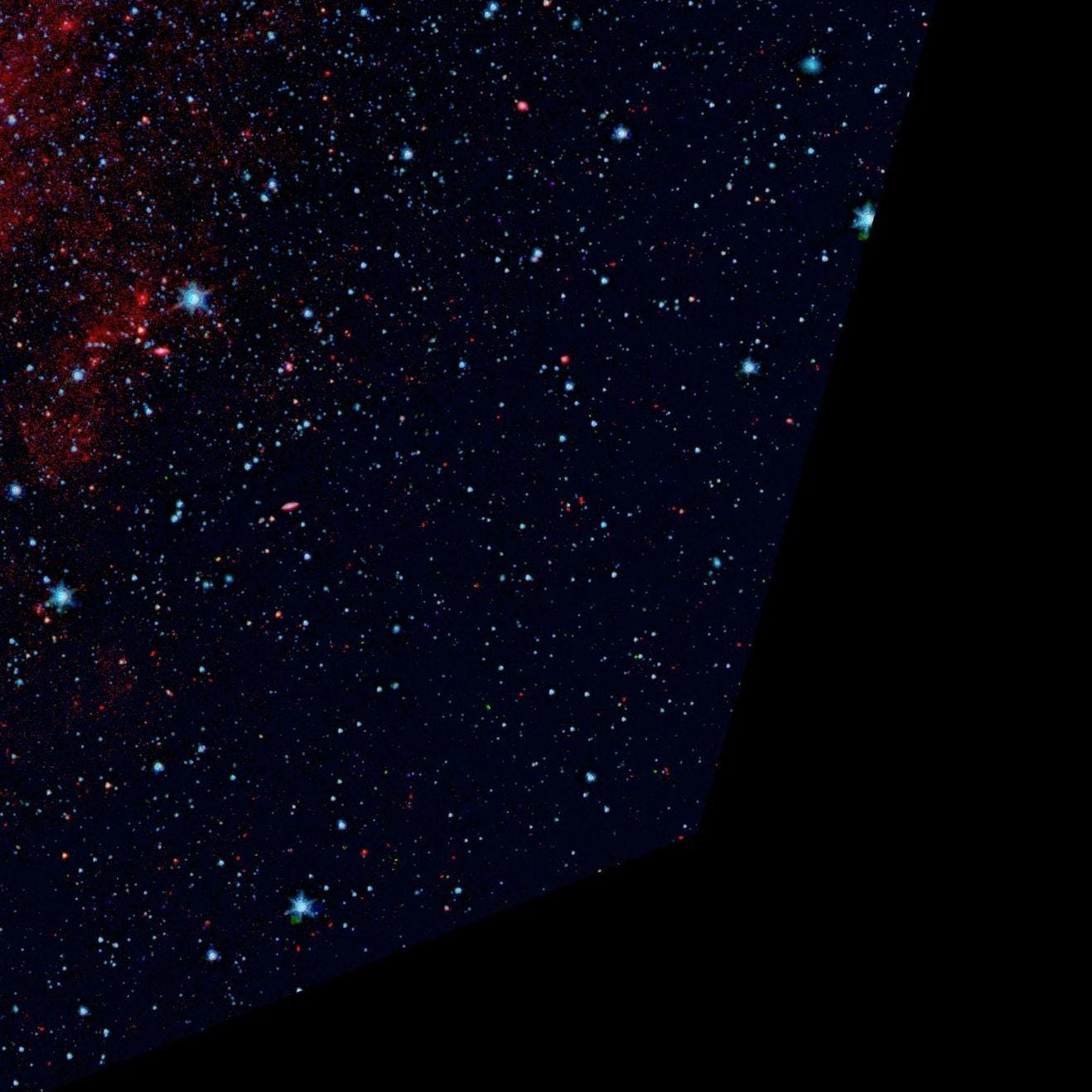
Mostly Mute Monday tells the story of a single astronomical phenomenon or object in visuals, images, video and no more than 200 words.
Leave your comments on our forum, and support Starts With A Bang on Patreon!





